Likes
- Immense off-road ability.
- Likely to become a future classic.
- Excellent support network of enthusiasts.
- Easy and (mostly) affordable to work on.
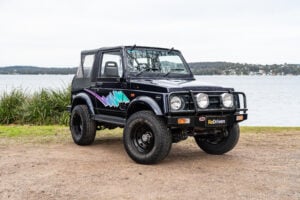
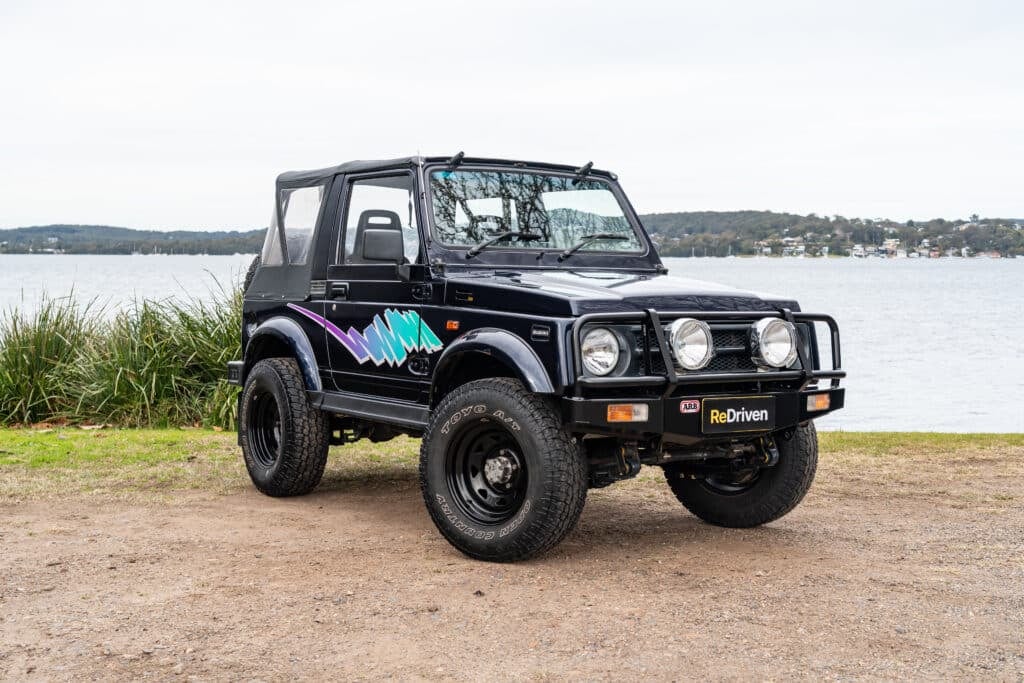
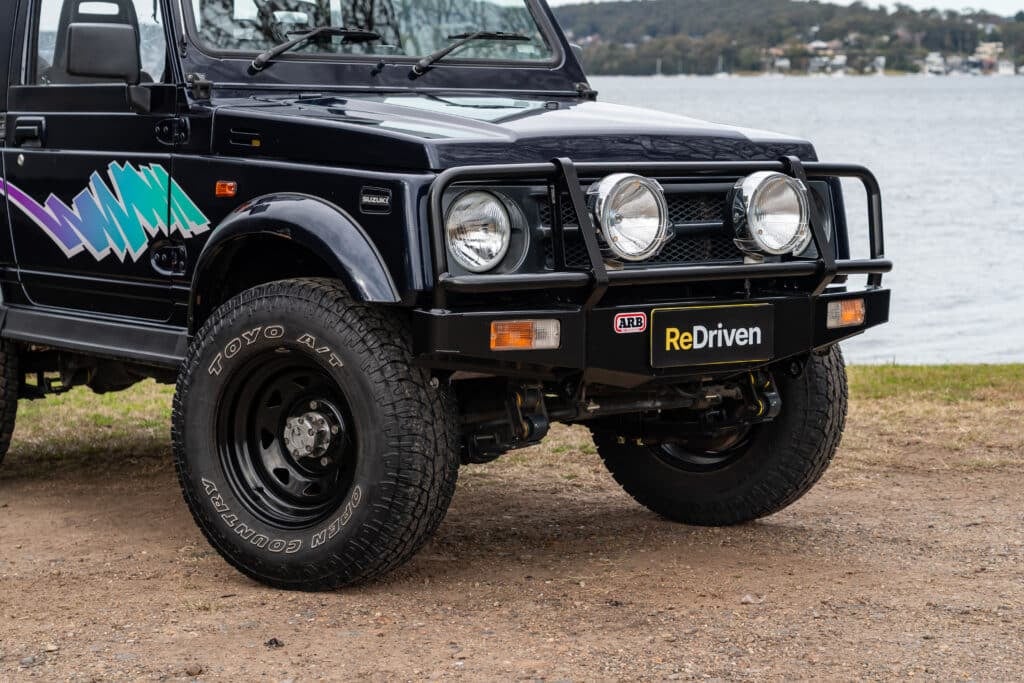
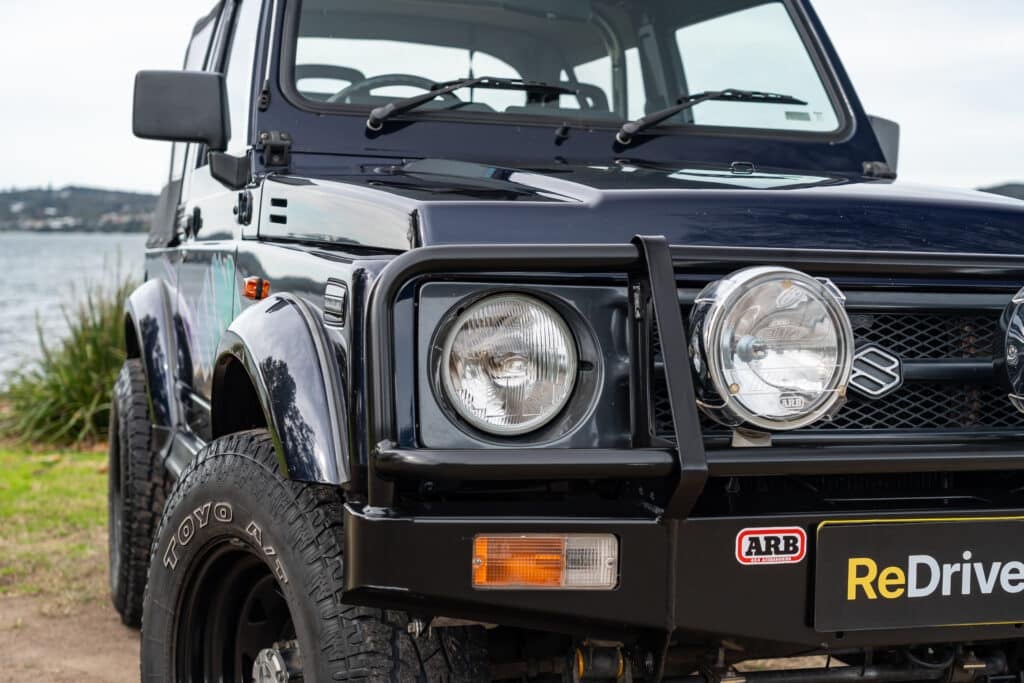
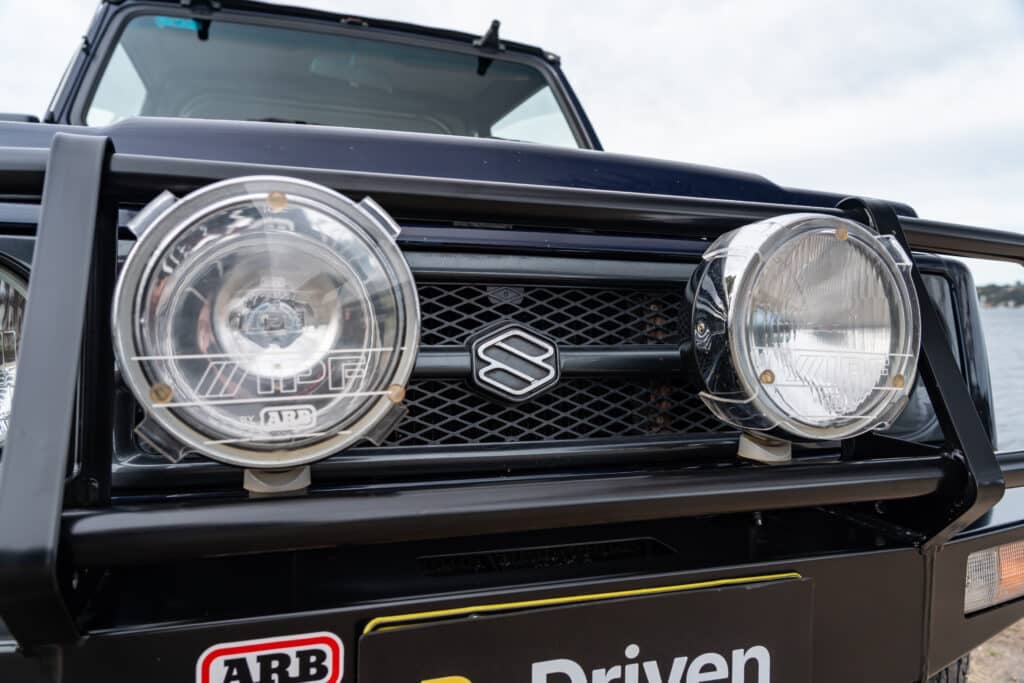
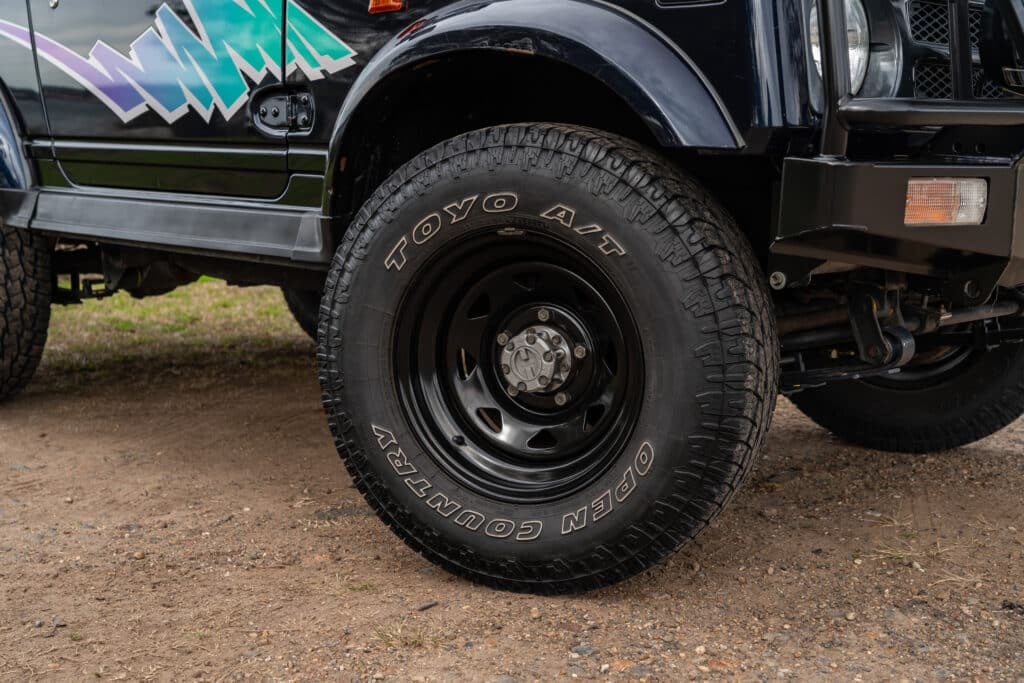
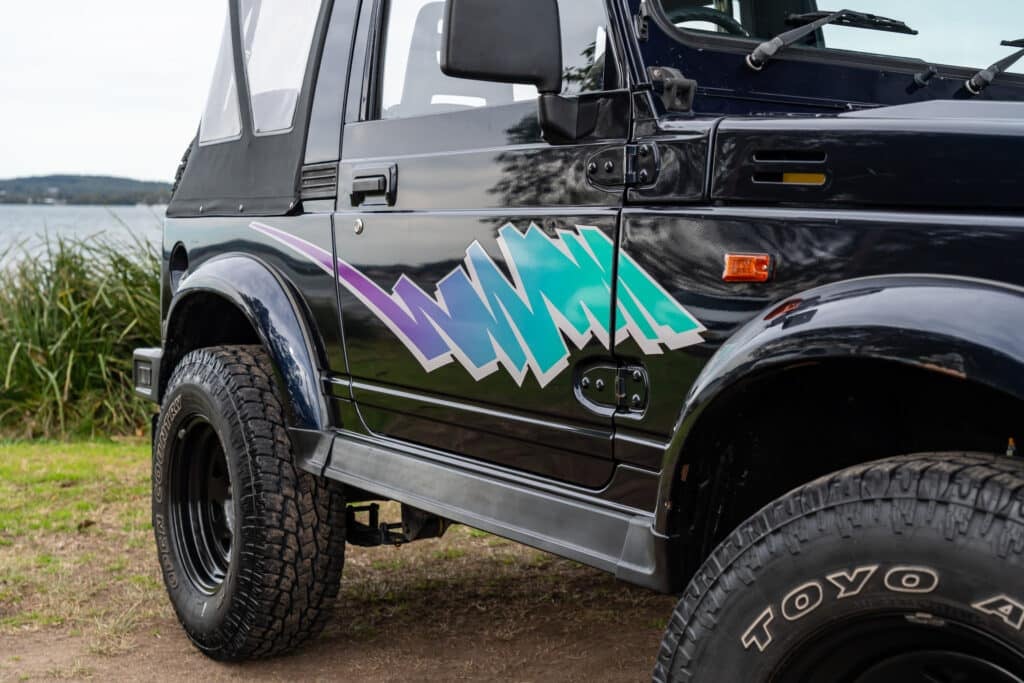
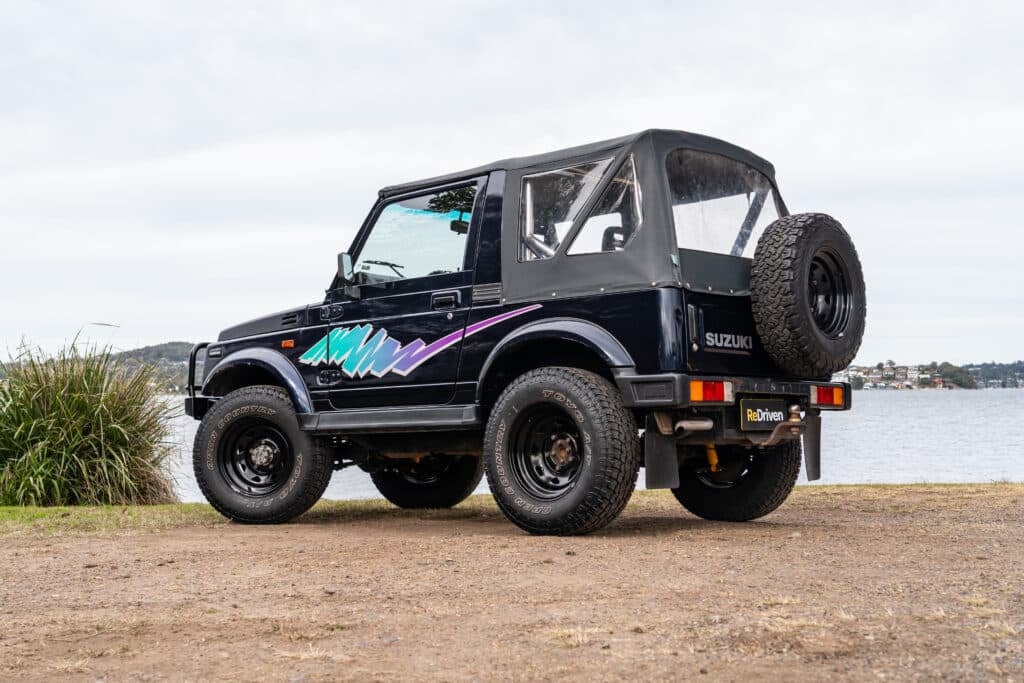
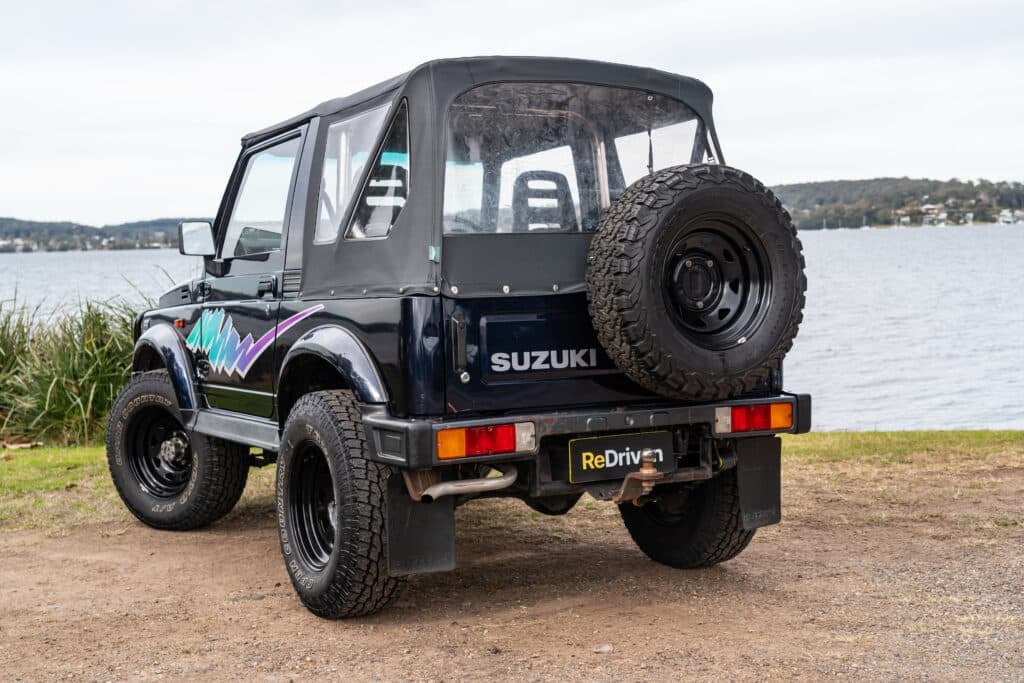
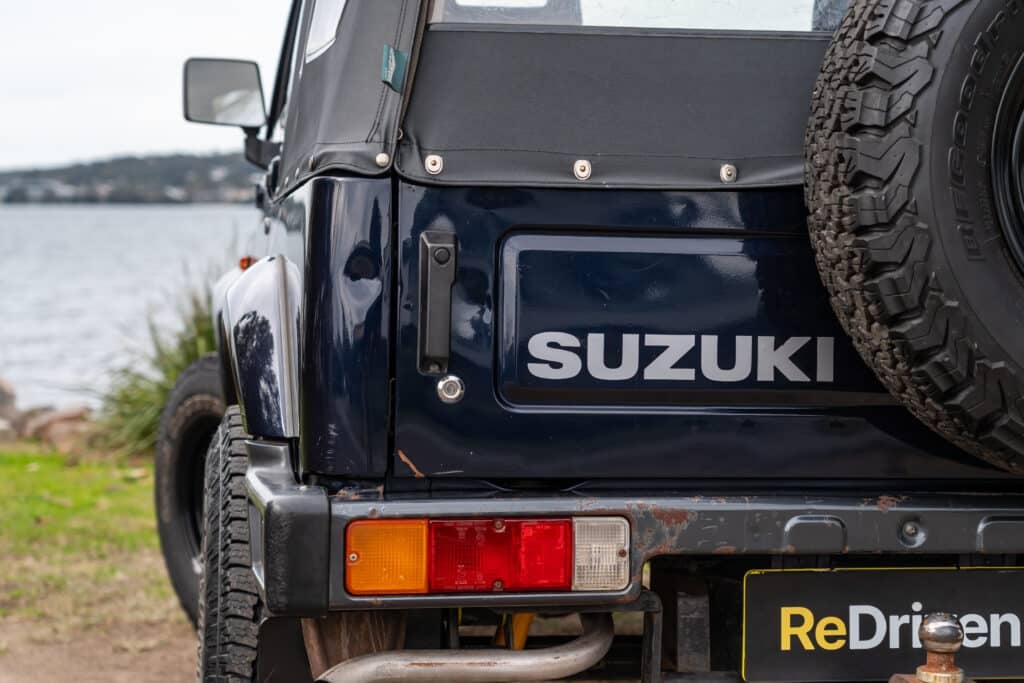
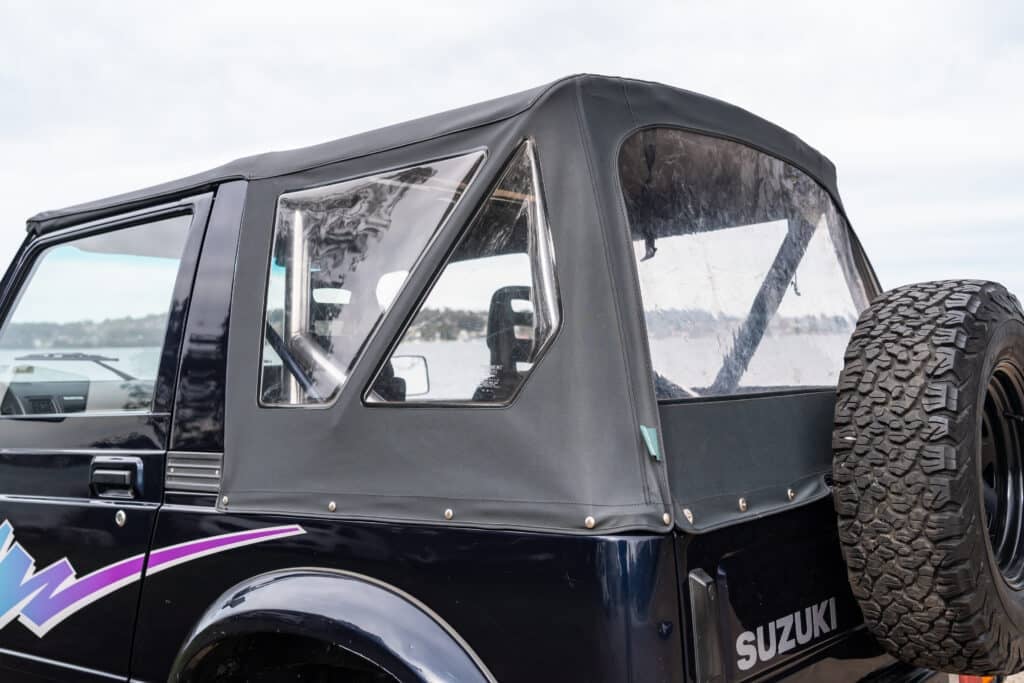
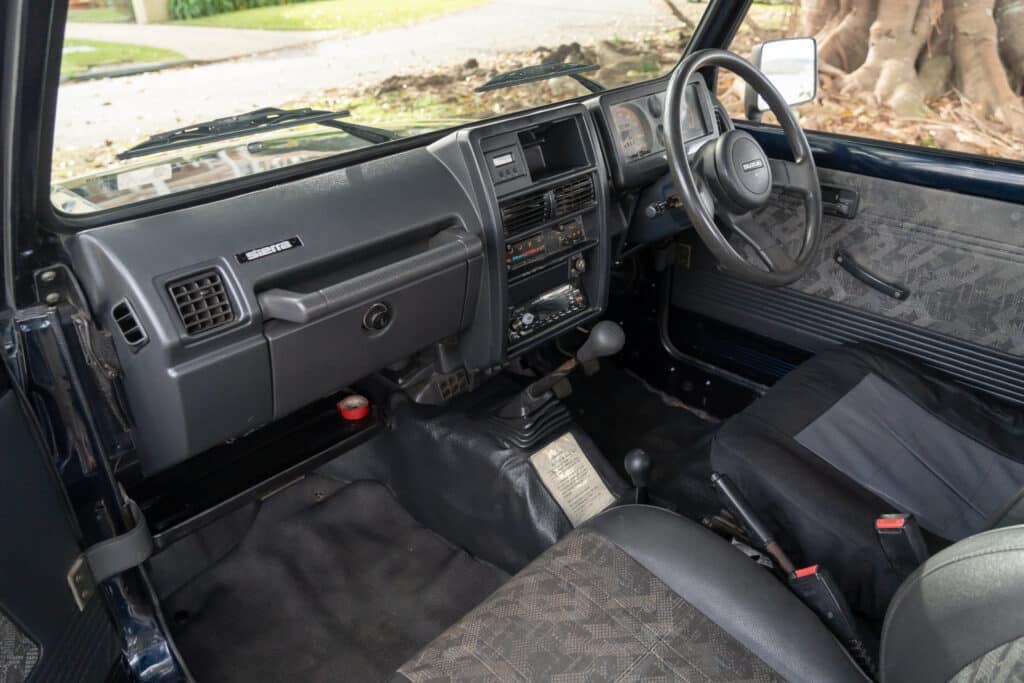
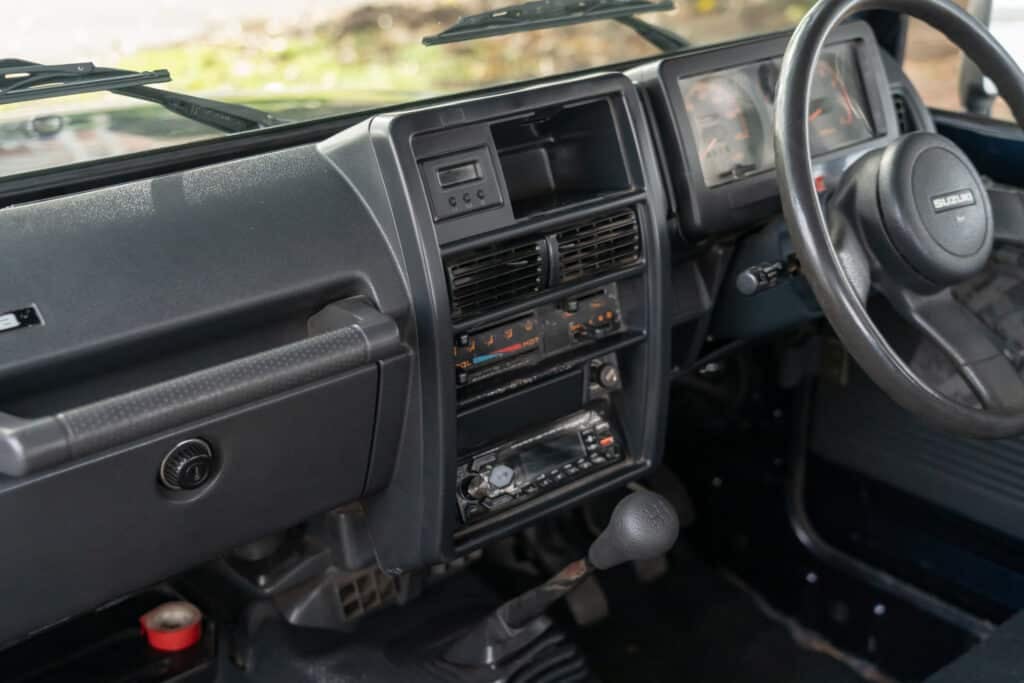
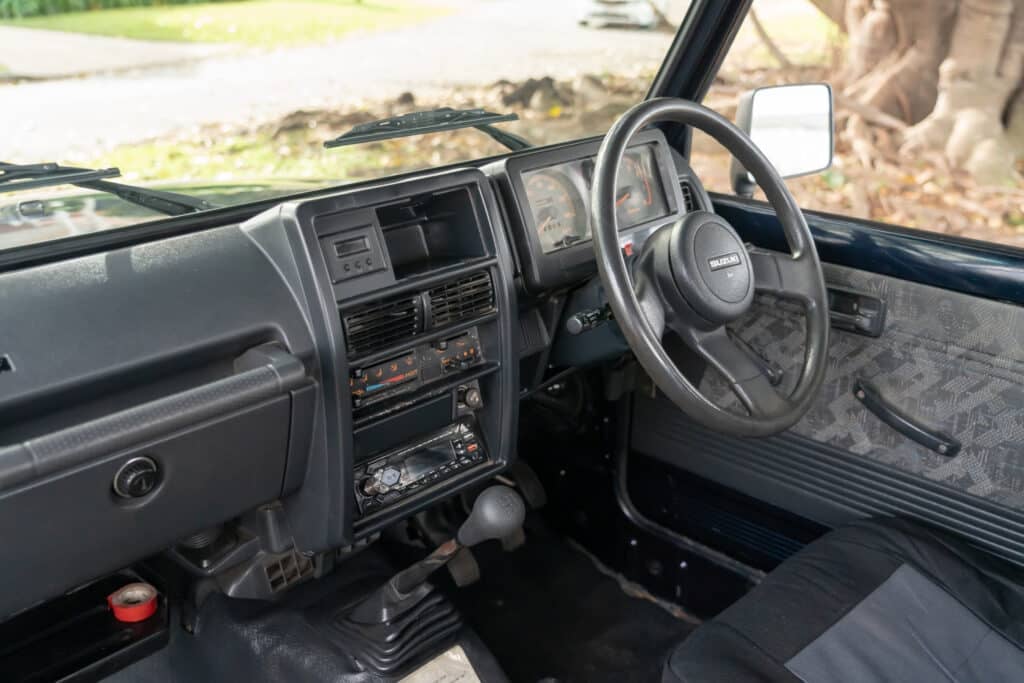
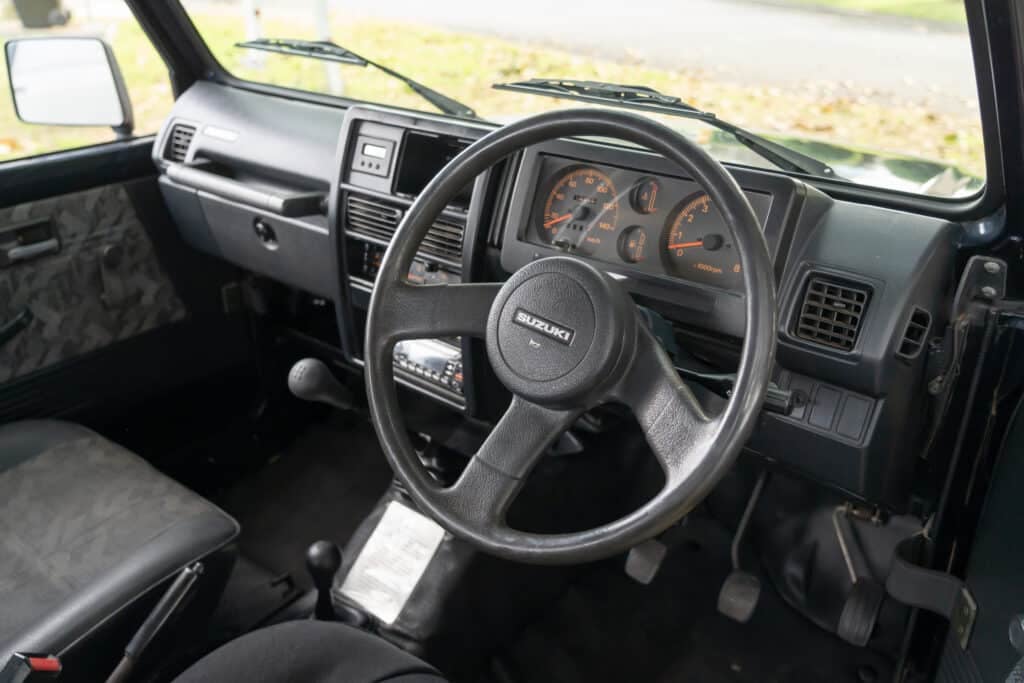
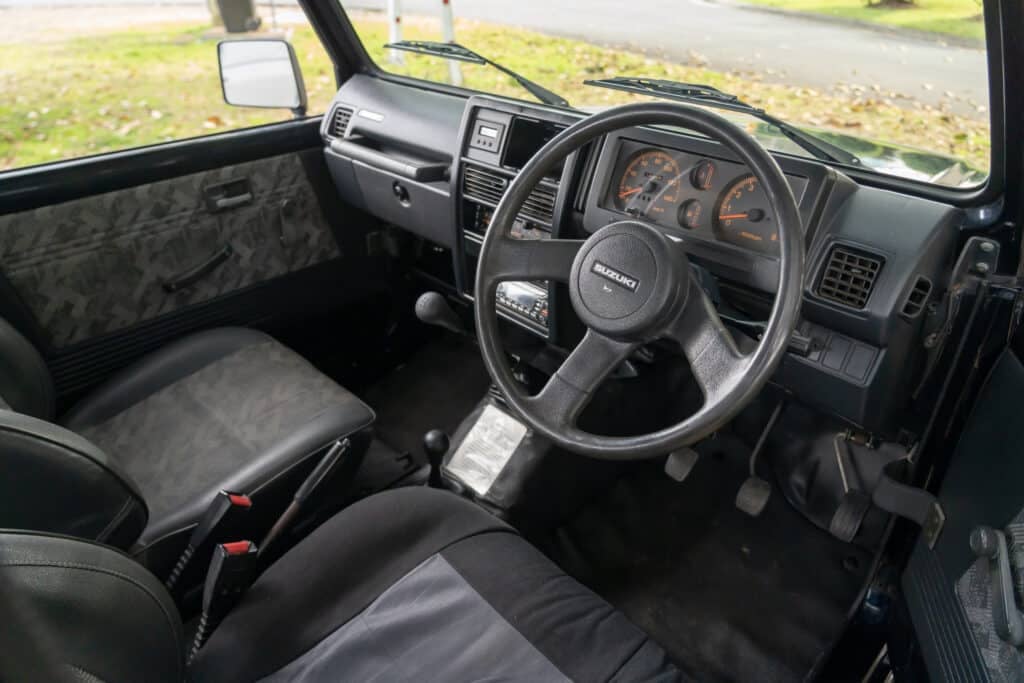
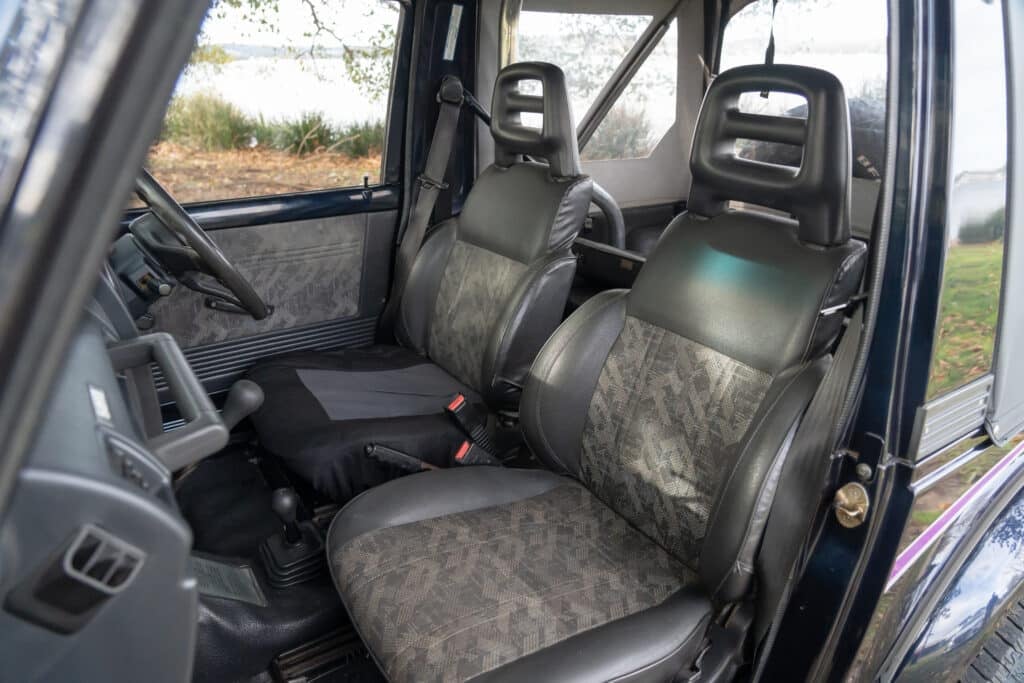
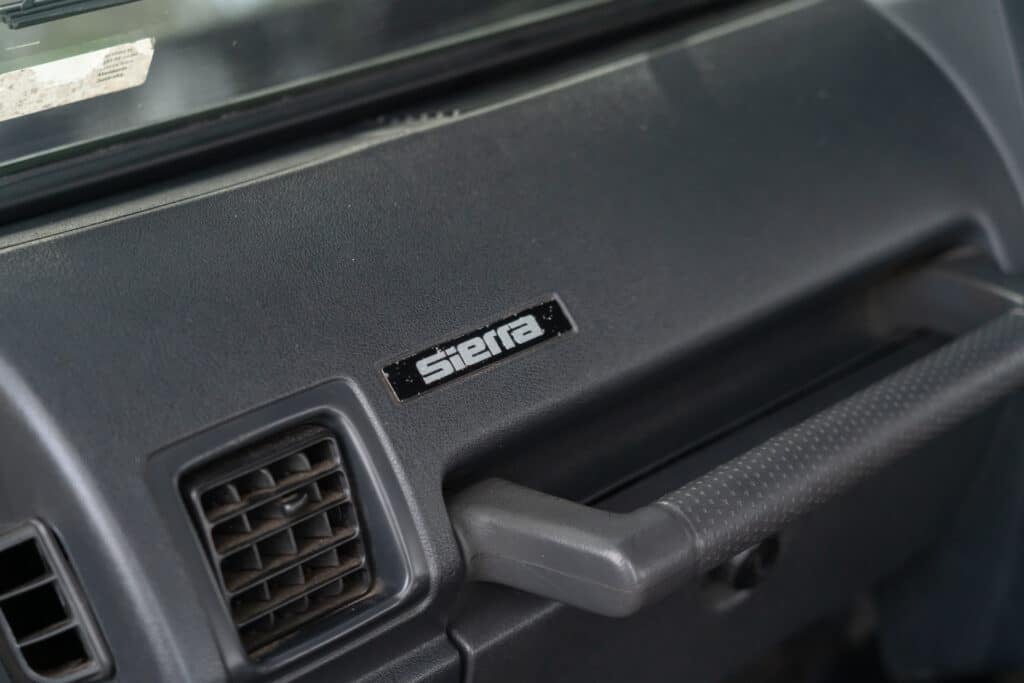
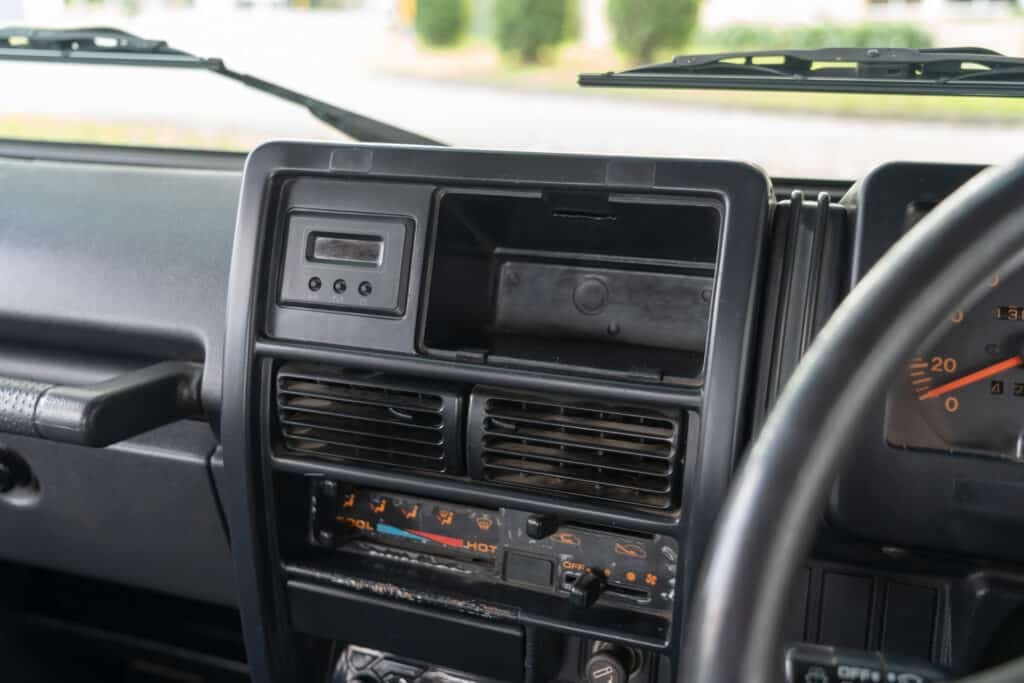
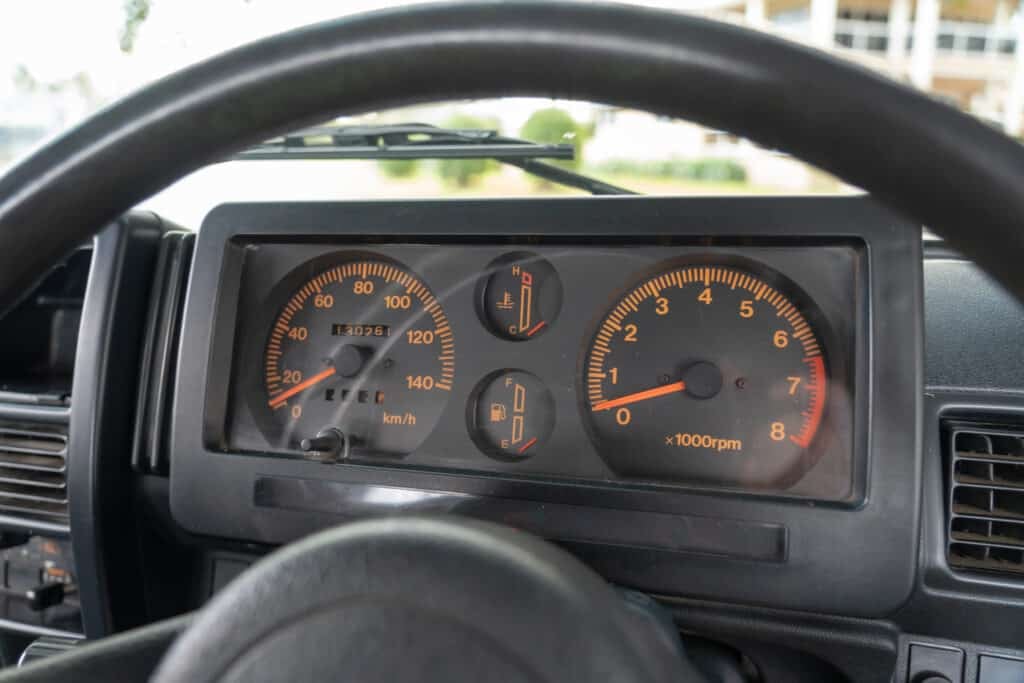
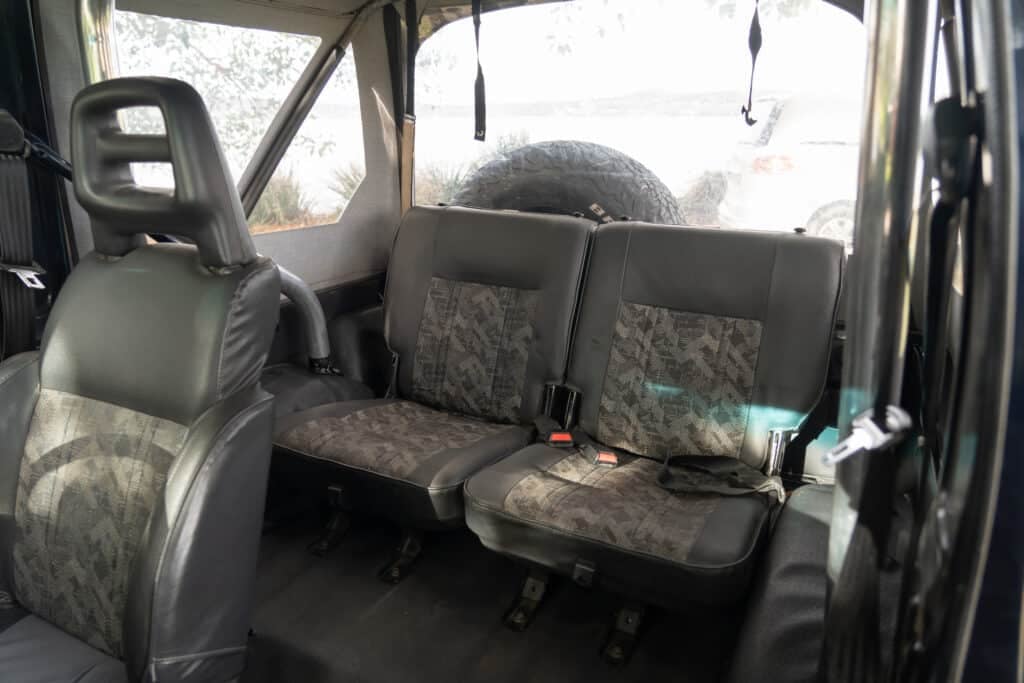

If you’re in the market for a Suzuki Sierra in Australia, first of all: good luck. Not in a bad way, these things can be brilliant, but figuring out which Sierra is which can be an absolute nightmare. Even within the diehard Sierra community, debates rage on about what’s an SJ40 versus a SJ50 versus a Stockman versus a Samurai. So, let’s try to simplify this, or at least give it a red-hot go.
Known globally by over a dozen names, Samurai, Katana, Gypsy, Stockman, Drover, Potohar, Caribbean, Santana, even Farm Worker 4×4, the Sierra was built in just about every corner of the world. While it kicked off in Japan meeting Kei car regulations, production later stretched to Spain, Thailand, Indonesia, India, Kenya, Pakistan, and Colombia. For us here in Australia, we saw variants sold between 1981 and 1998, most commonly referred to by their SJ chassis codes: SJ40, SJ50, SJ70, and SJ80.
The first to hit Aussie shores was the SJ40 (1981–1984), a narrow-track, leaf-sprung, steel-dash, 1.0-litre off-roading go-kart. Powered by the F10A 1.0L petrol four-cylinder, it made a modest 39 kW (52 hp) and 74 Nm (55 lb⋅ft), paired to either a 4- or 5-speed manual. From 1984 came the SJ50, still narrow track but now running a 1.3L G13A engine and a “fancier” plastic dash. This setup gave you 50 kW (67 hp) and 100 Nm (74 lb⋅ft), along with slightly beefier diffs, disc brakes, a brake booster, and a 5-speed manual gearbox as standard.
Then in 1988 came the SJ70, the “Wide Track” Sierra. It kept the same G13A engine, but with a broader stance, wider spring spacing, updated interior and optional metal flares on some models. Later SJ70s (from 1991) gained electronic fuel injection, making them smoother, more efficient, and more responsive, these are often viewed by fans as the sweet spot in the range. The wide-track diffs, improved gearing, and more stable handling made them ideal for hardcore off-roaders and weekend warriors alike.
In 1996, the final evolution arrived as the SJ80. The biggest change? The switch from leaf springs to coil springs with solid axles front and rear, improving ride comfort and on-road handling. Still powered by the G13BA 1.3L injected engine, it made 50 kW (67 hp) and 103 Nm (76 lb⋅ft). But despite the mechanical improvements and far nicer interior, the SJ80 split the fanbase. Some reckon it’s too soft, lacking the rugged charm and sheer simplicity of earlier SJs. Others appreciate its blend of comfort and capability, perfect for light off-roading and beach runs.
Trim levels get even murkier. Thanks to a patchwork of state-based Suzuki distributors back in the day, you might come across JX, Classic, Limited Edition JX, Samurai, Sun Seeker, Surf JX, Trax, Widetrack and more. Then there’s the Stockman, a long-wheelbase ute or cab-chassis, many of which were supplied by Maruti Suzuki in India after Japan stopped producing LWB models. And these Stockmans could be narrow- or wide-track, and fitted with either the 1.0L or 1.3L engines, depending on the batch.
Position-wise, the Sierra sat firmly as Suzuki’s tough little off-roader, below the larger Vitara or later Grand Vitara, but with serious bush cred. It was lightweight, genuinely capable, and basic as hell, which made it cheap to run and easy to fix. Nowadays though, finding Sierra-specific parts can be a challenge, especially body and interior pieces, and rare trims or variants can demand eye-watering prices. That said, the aftermarket scene is absolutely massive, with affordable and easily sourced engine, brake, and suspension parts, and a passionate Aussie fanbase ready to help out with mods, rebuilds, and everything in between.
But don’t let the charm fool you, these are ageing hardcore off-roaders, and they come with their fair share of common issues. Head to our “What Goes Wrong” section for the full rundown. The Sierra is about as far from a luxury SUV as you will find. But if you want a truly honest, no-nonsense 4×4 with character and capability for days, especially for beach runs, farm duties or some old-school weekend bush-bashing, the SJ Sierra might just be your perfect match… assuming you can figure out which one you’re actually buying.
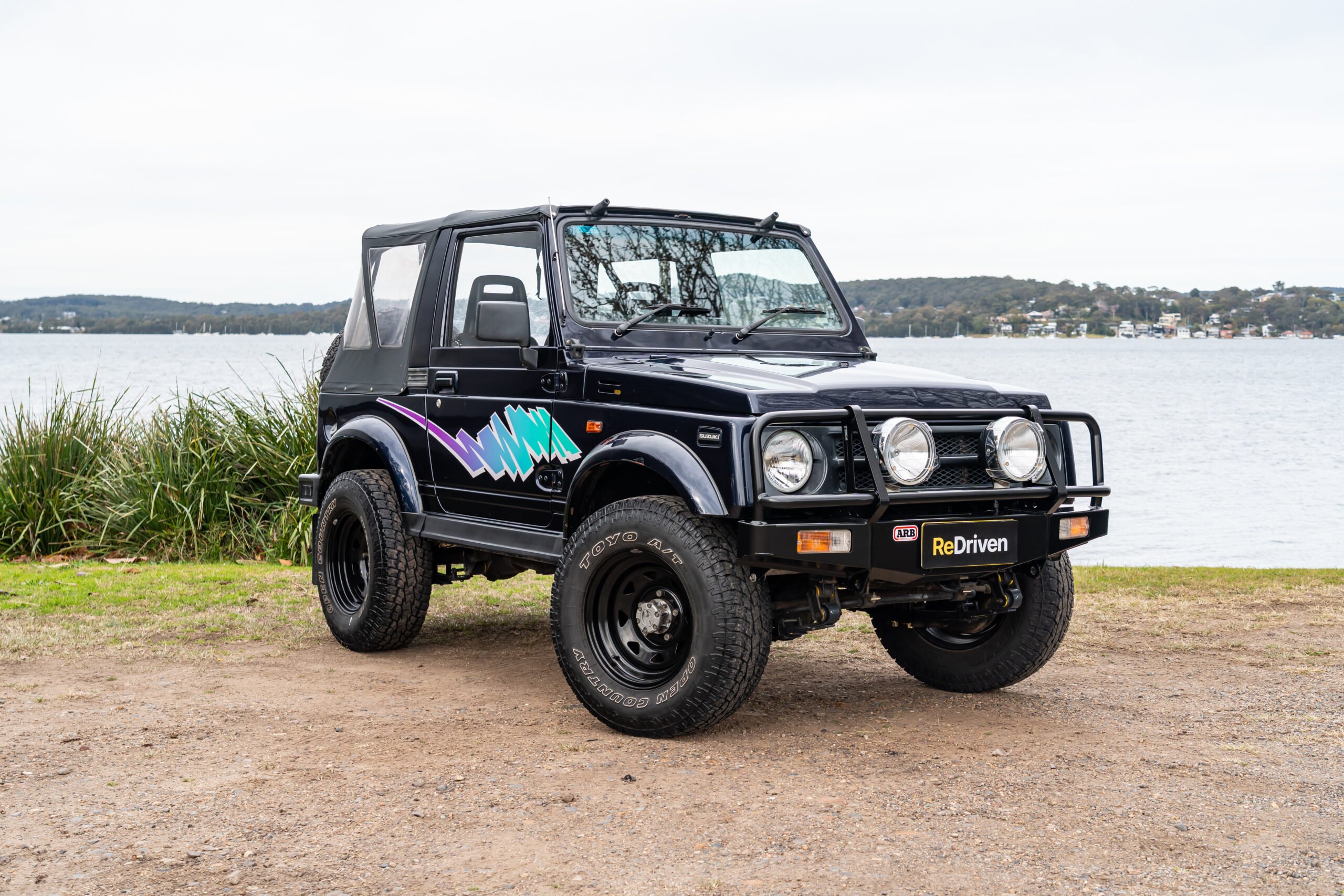
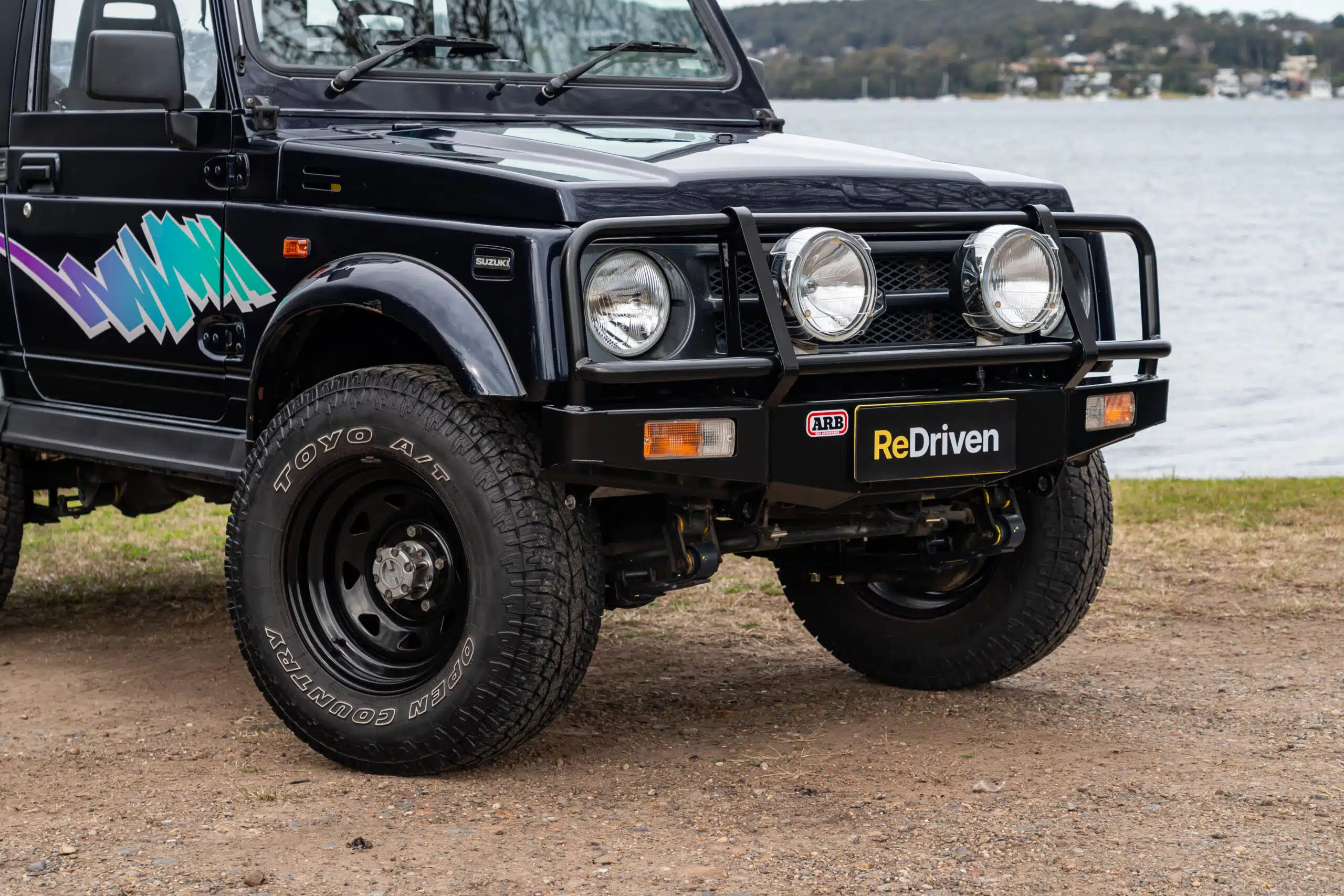
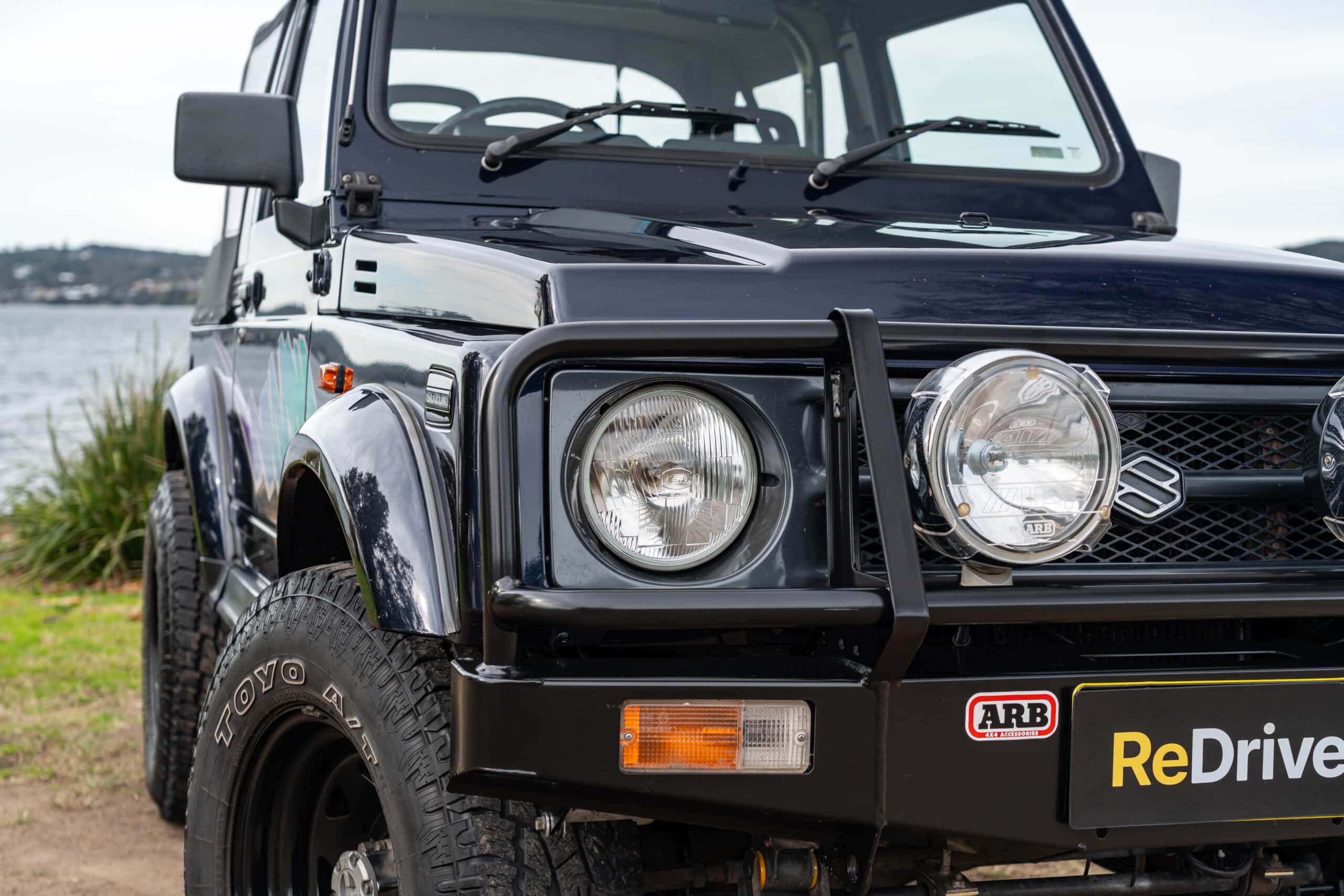
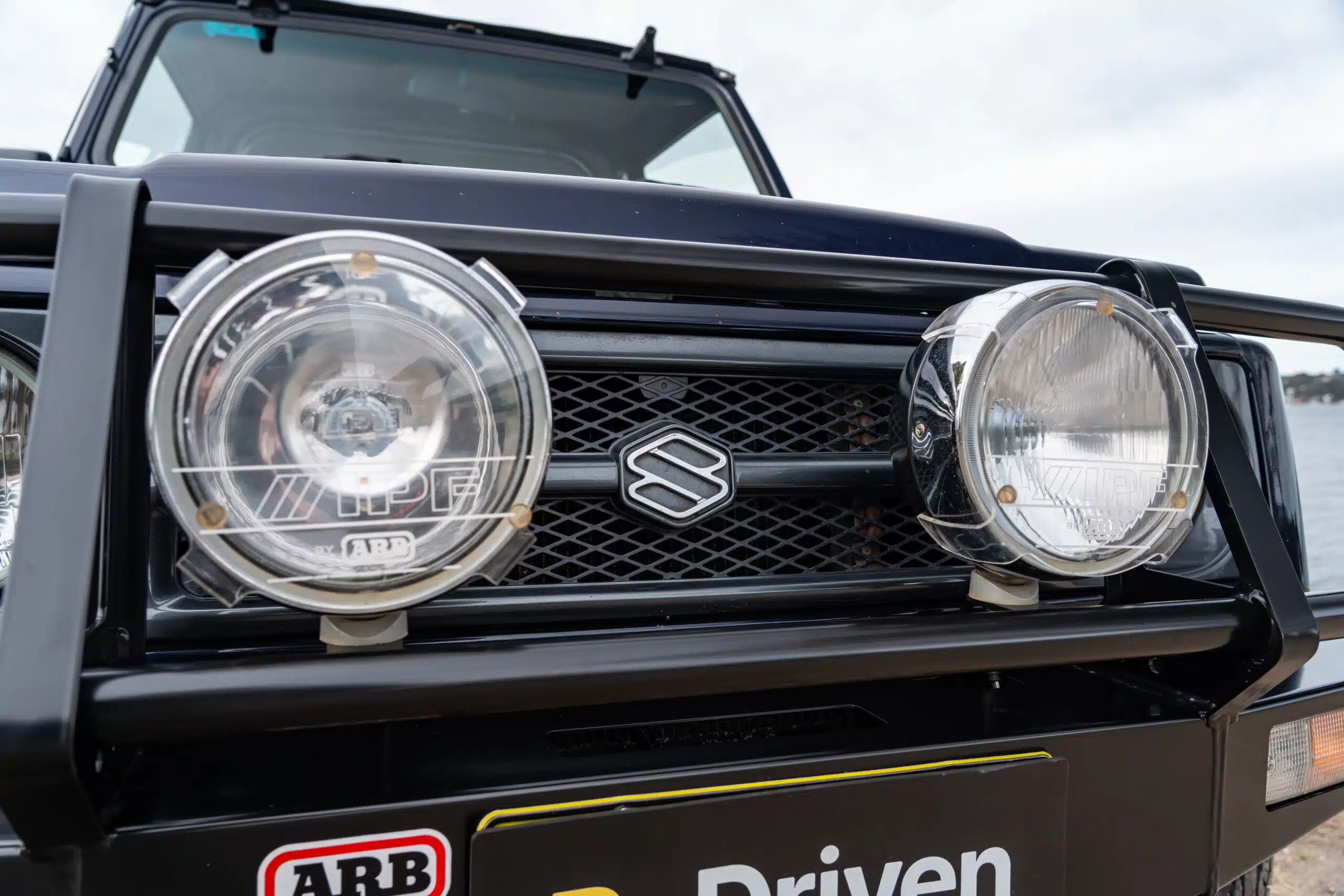
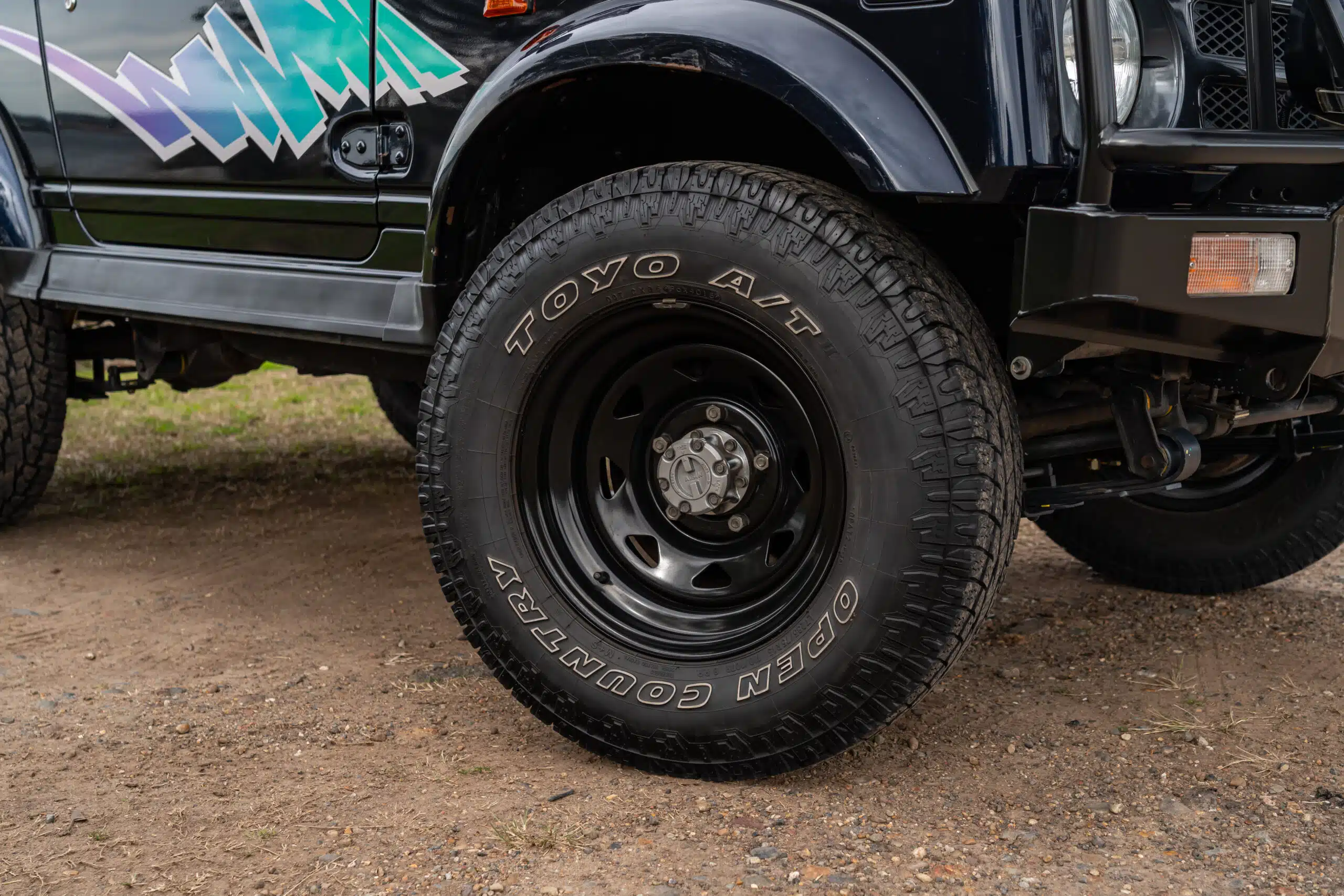


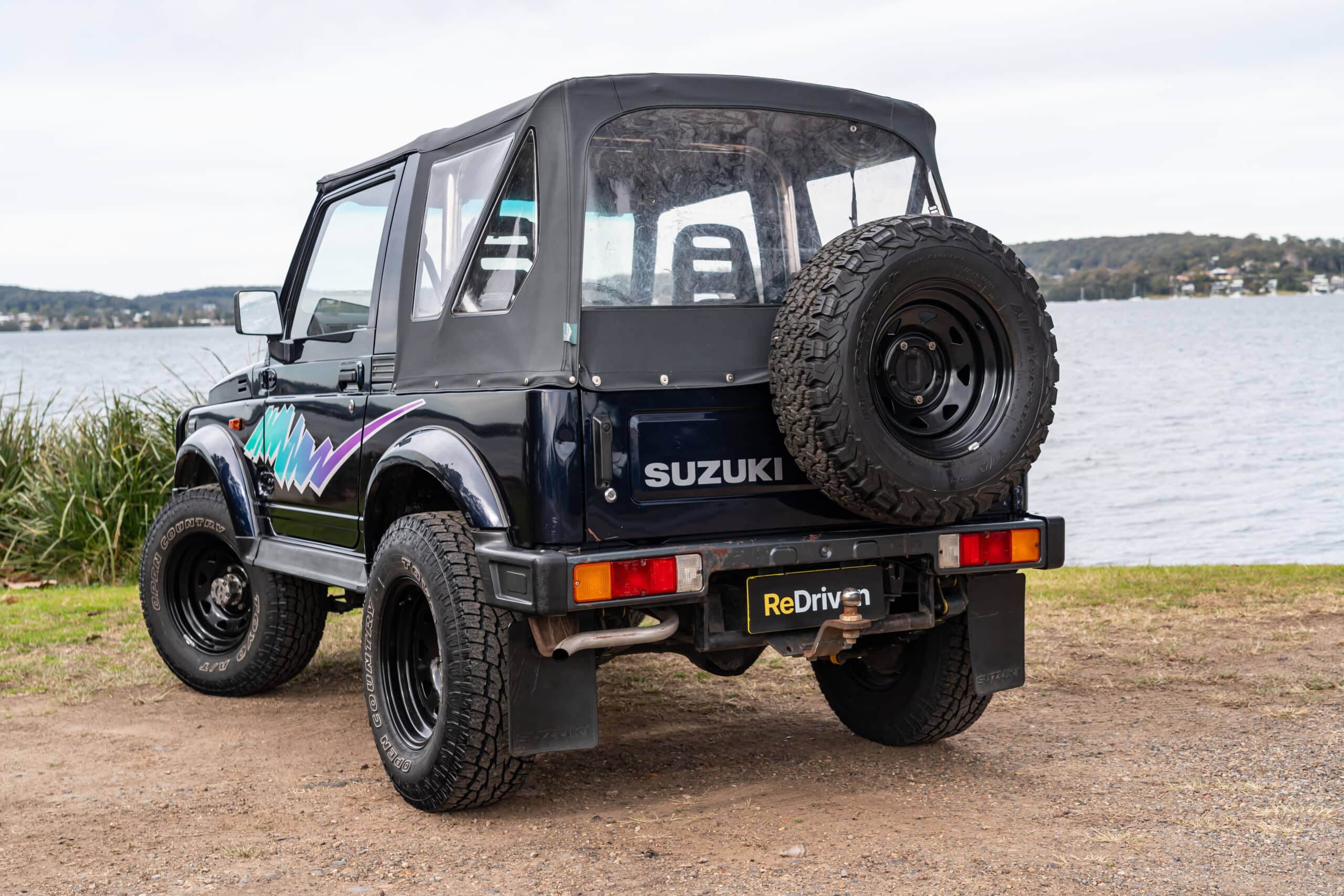
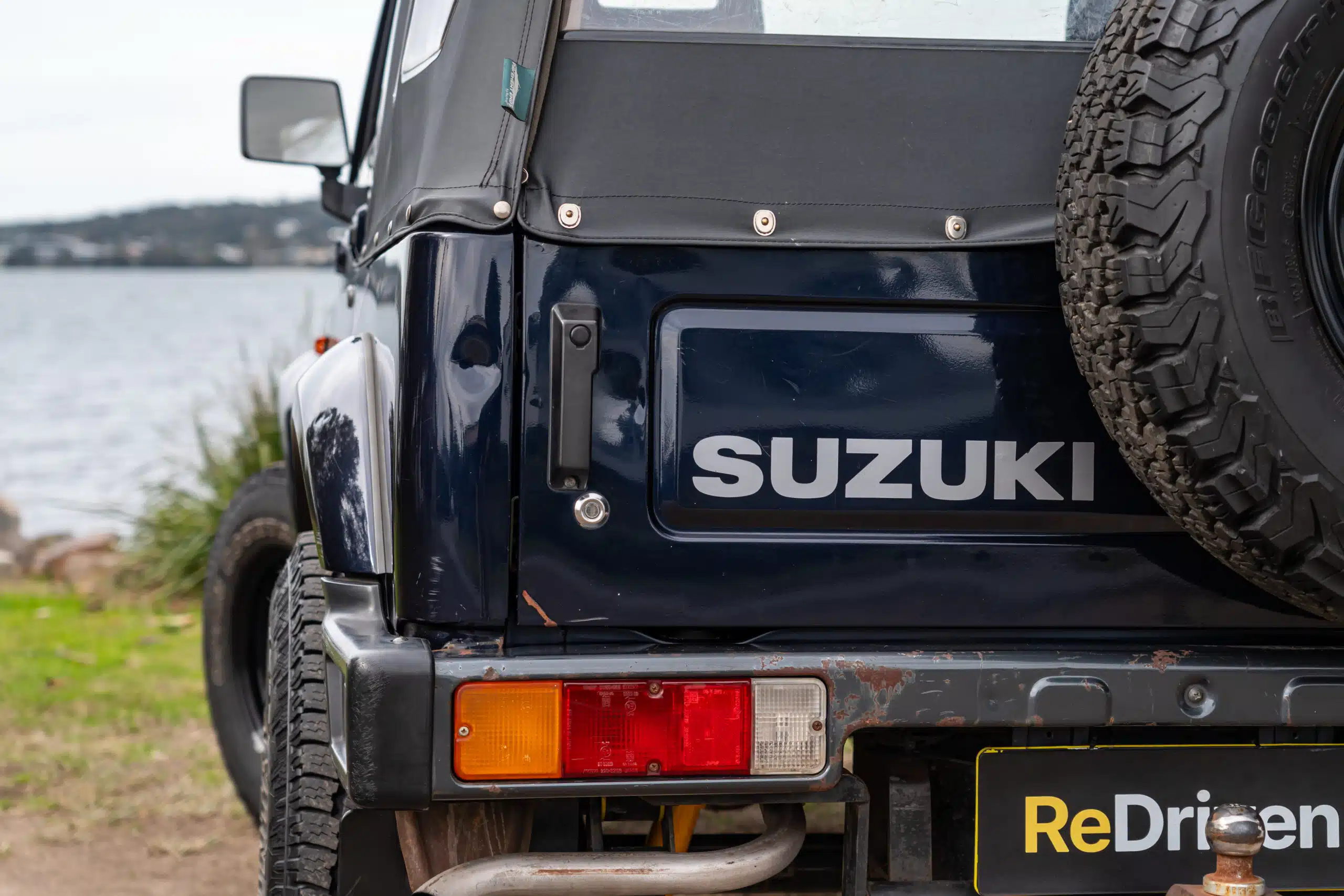

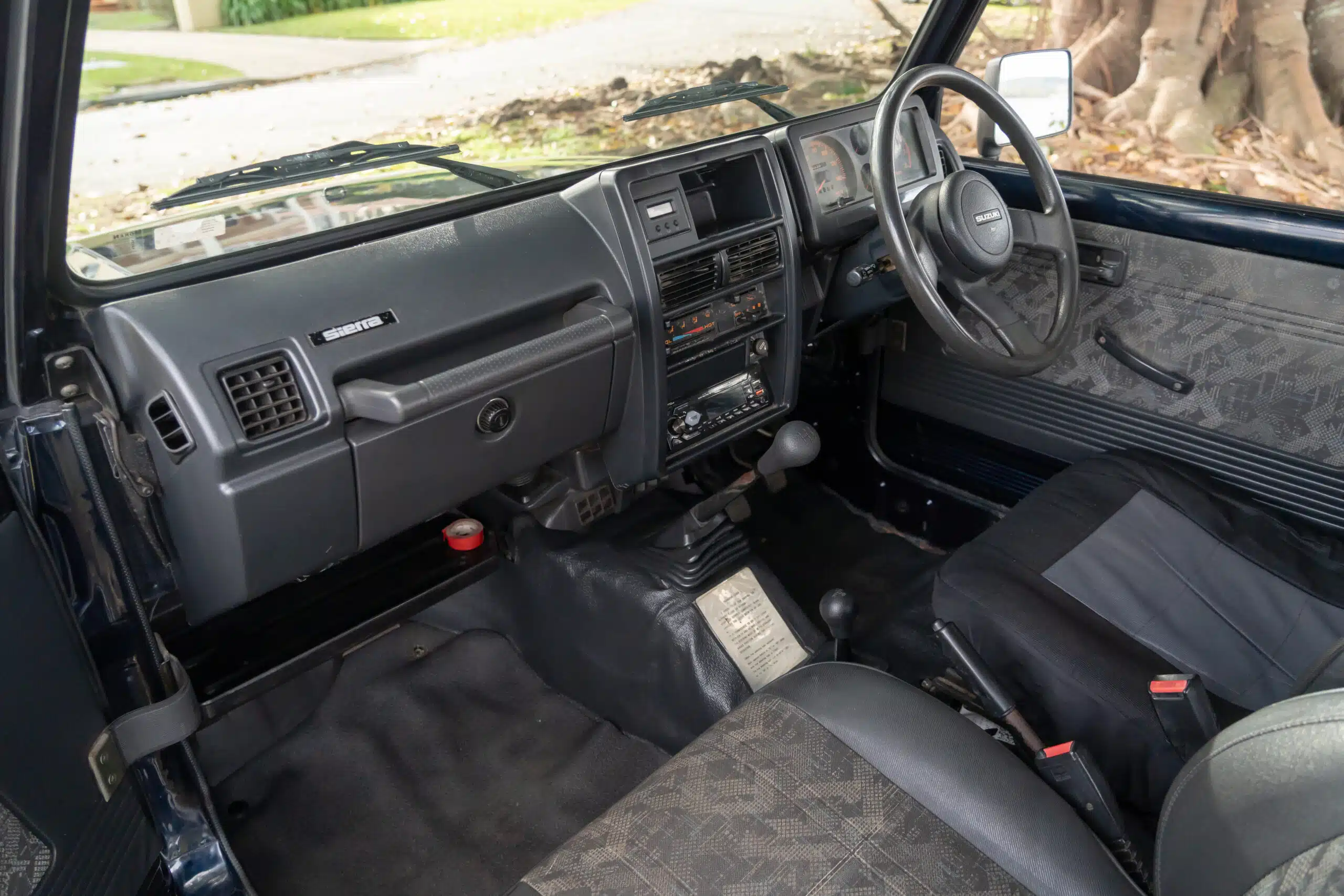

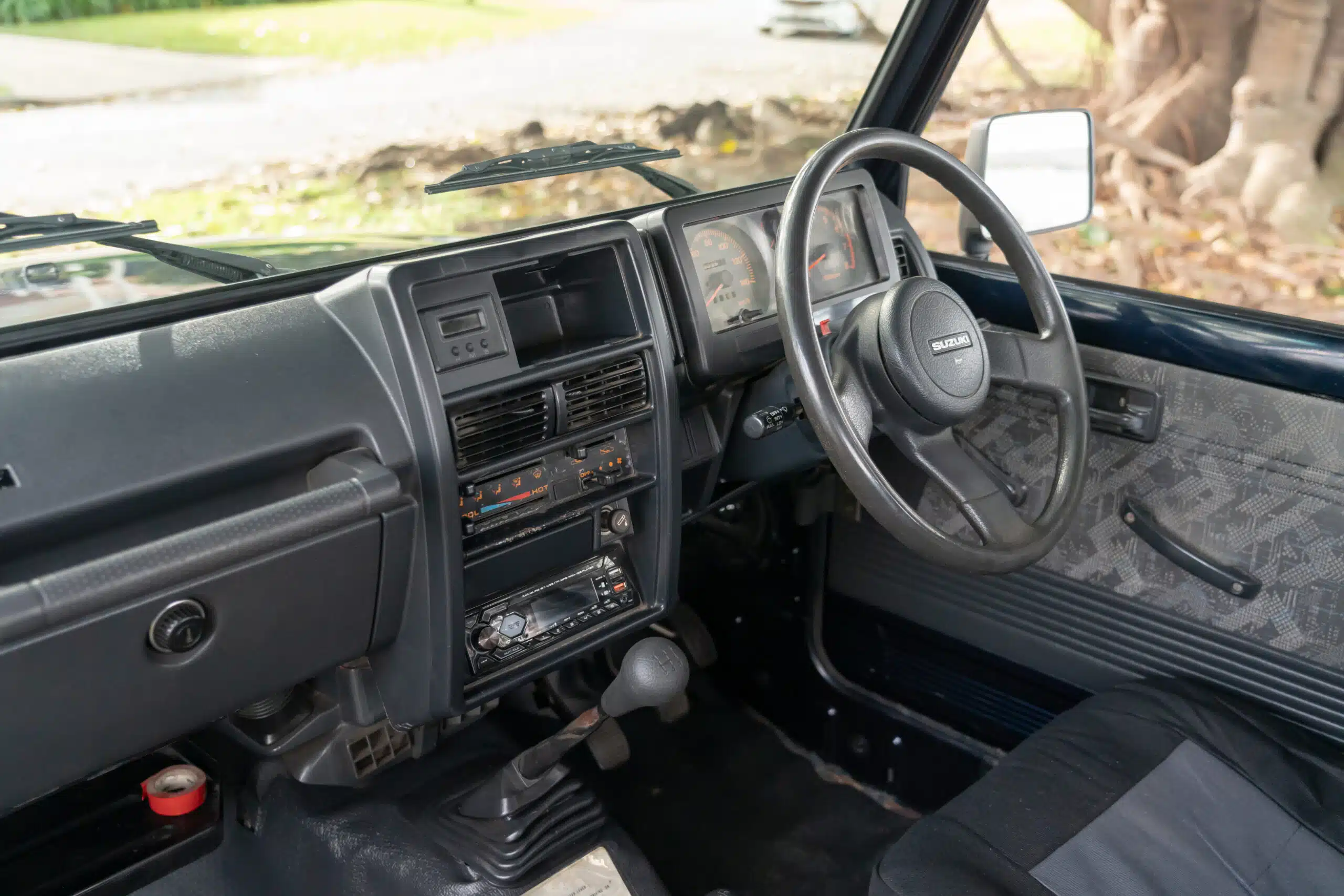
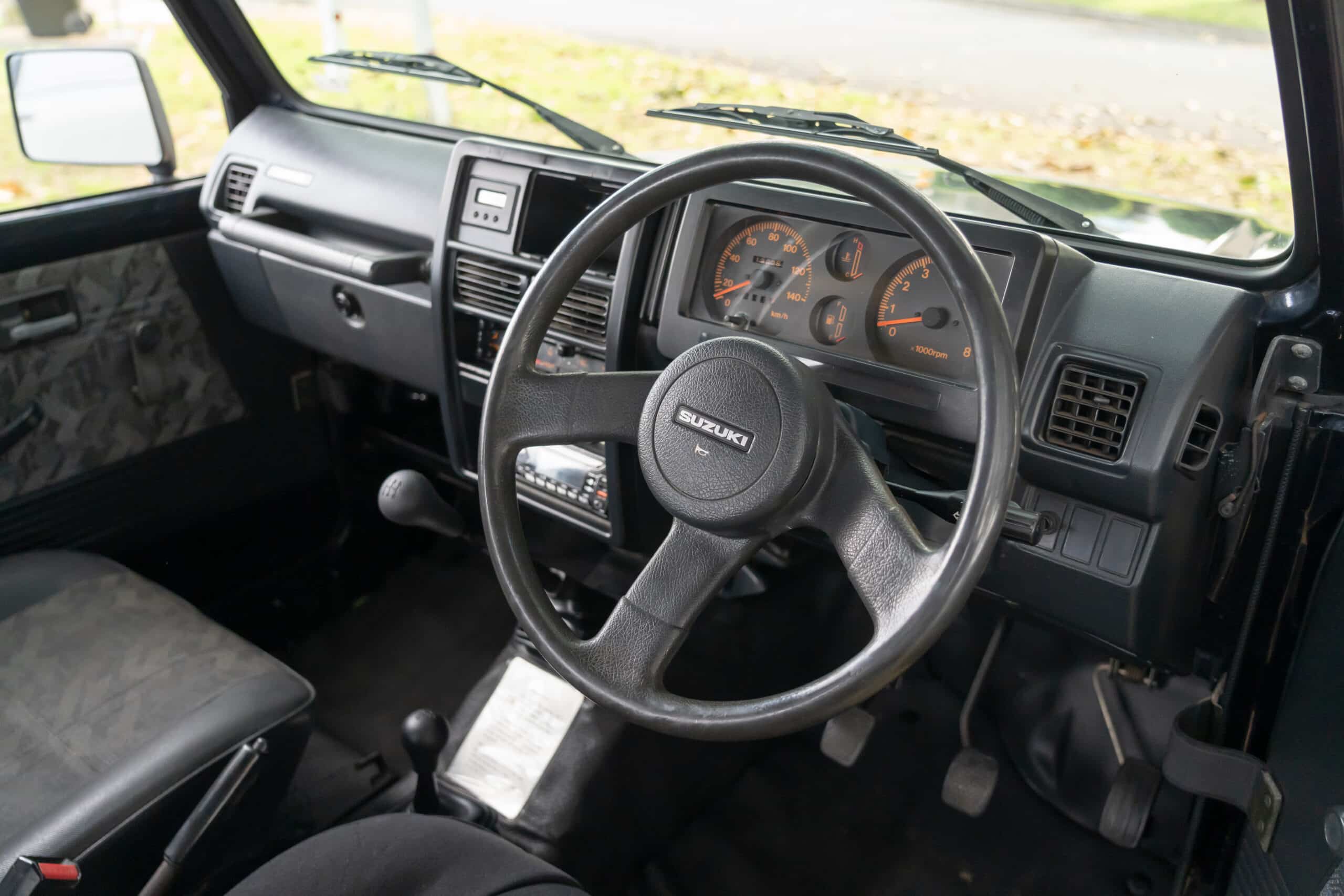
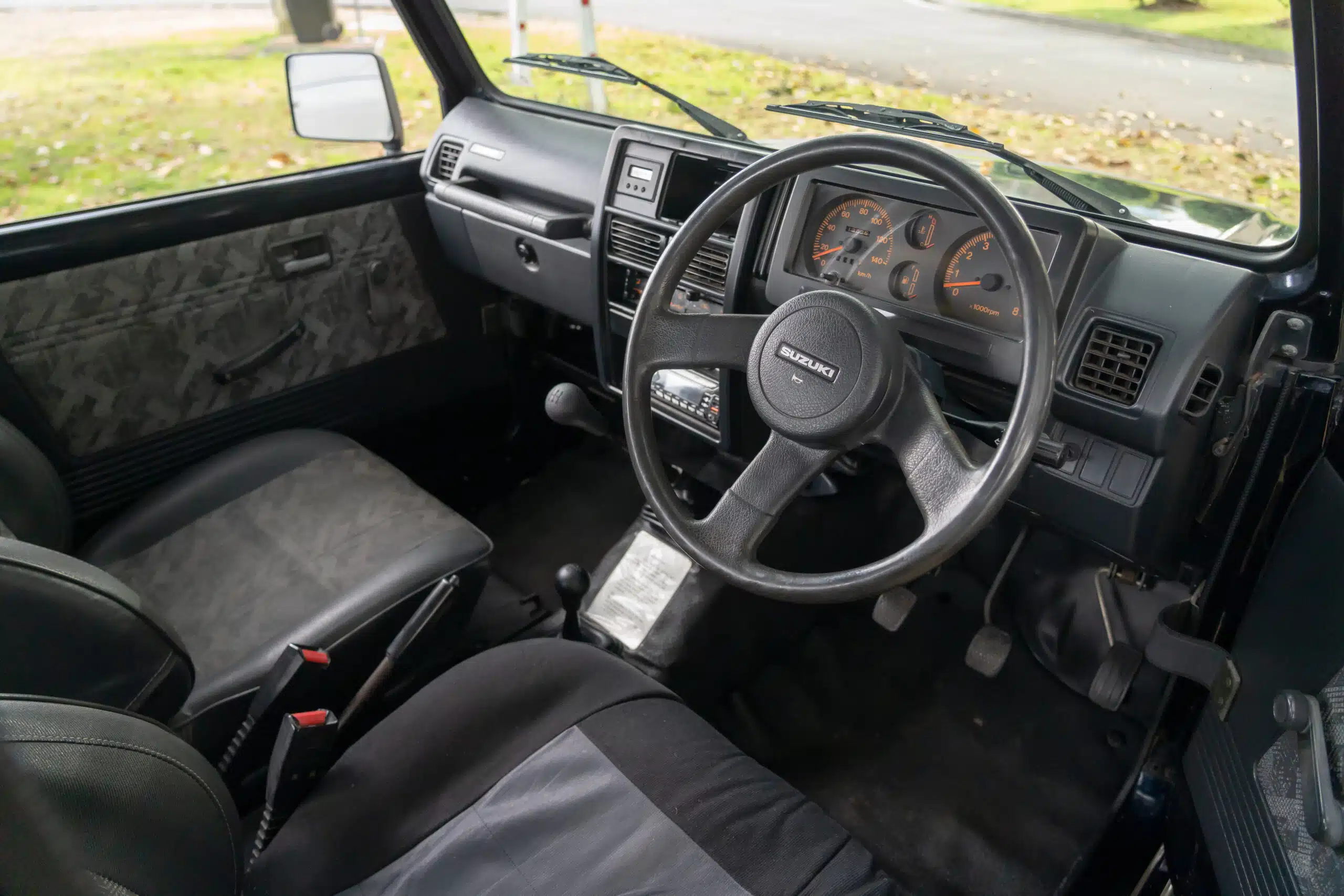



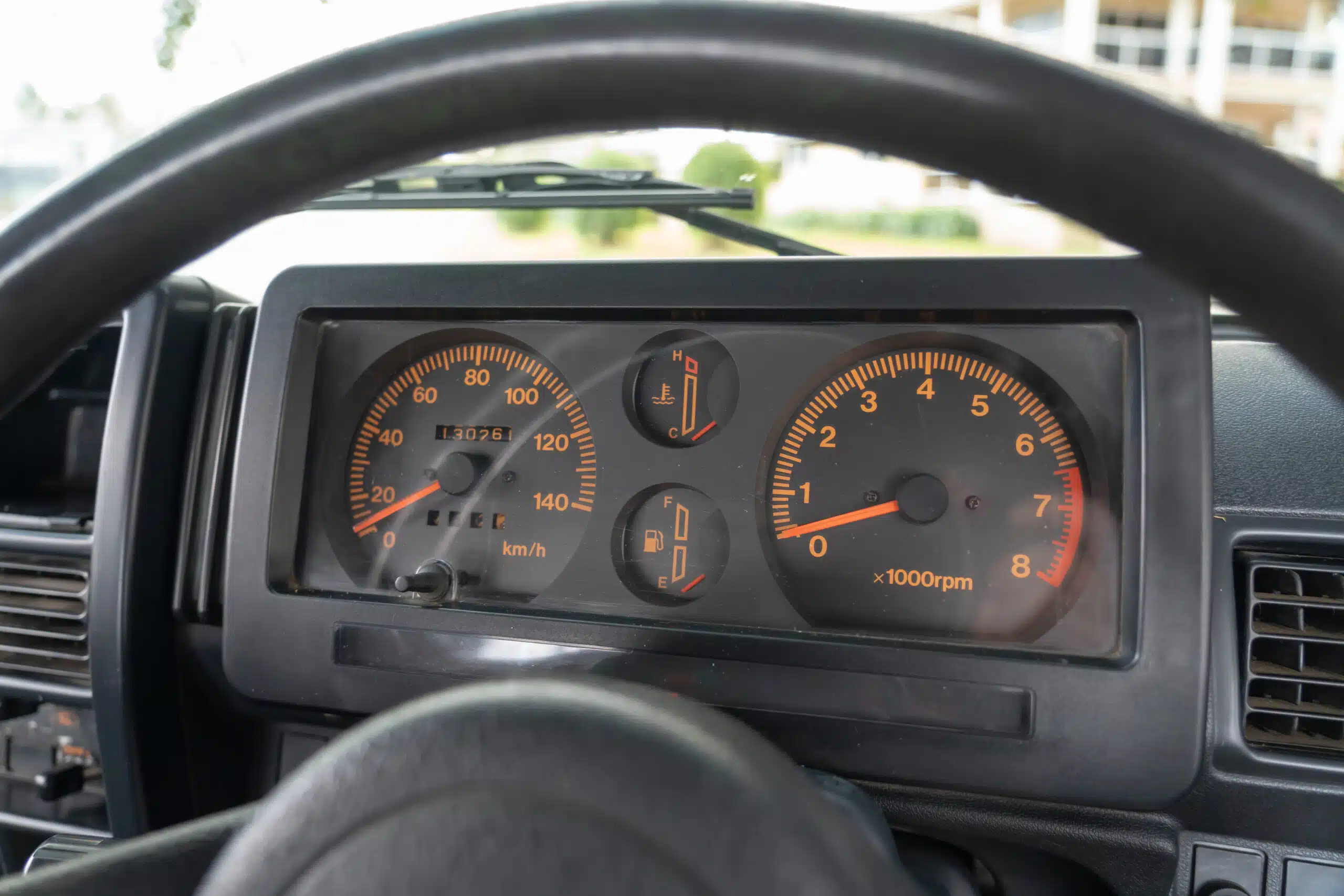
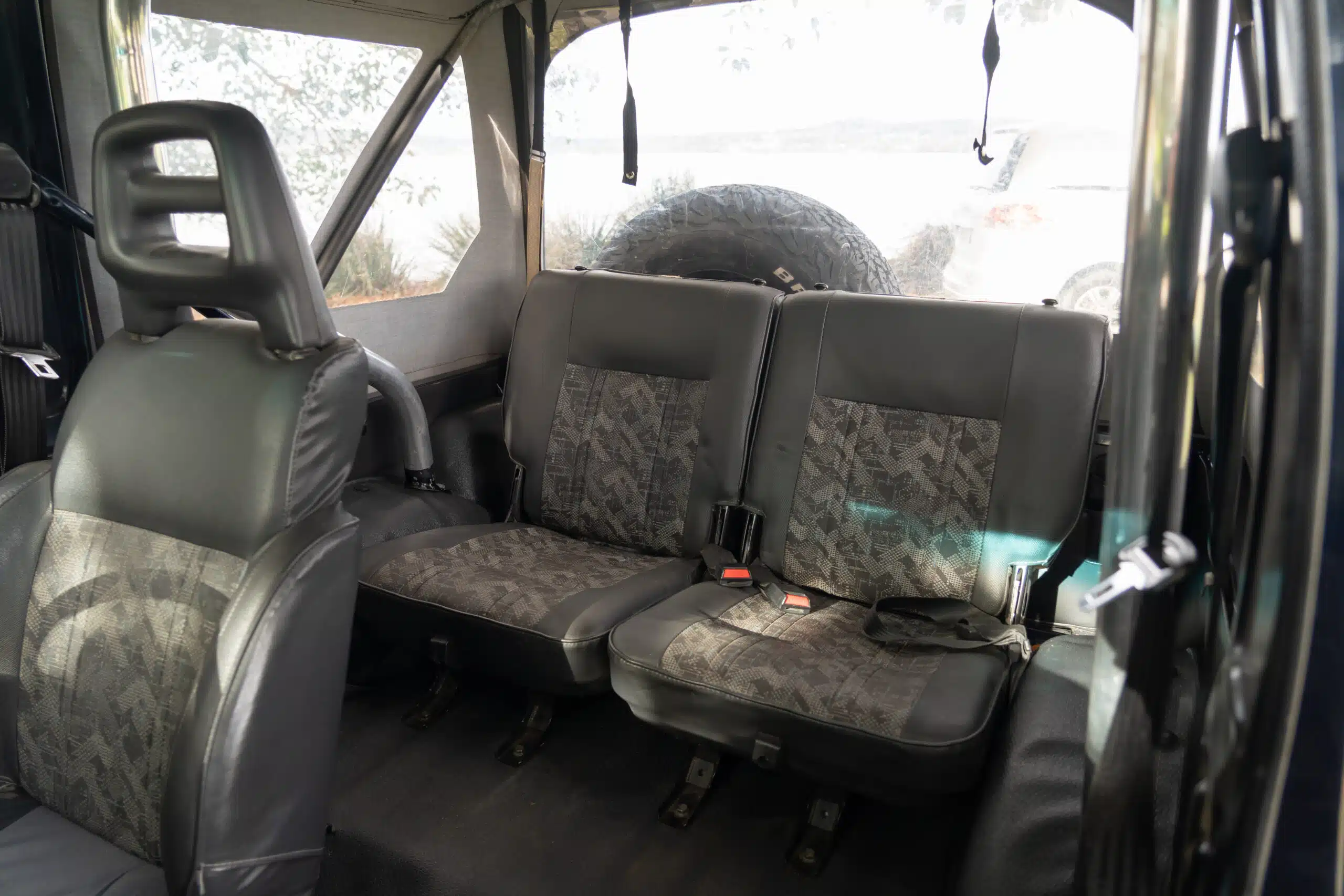
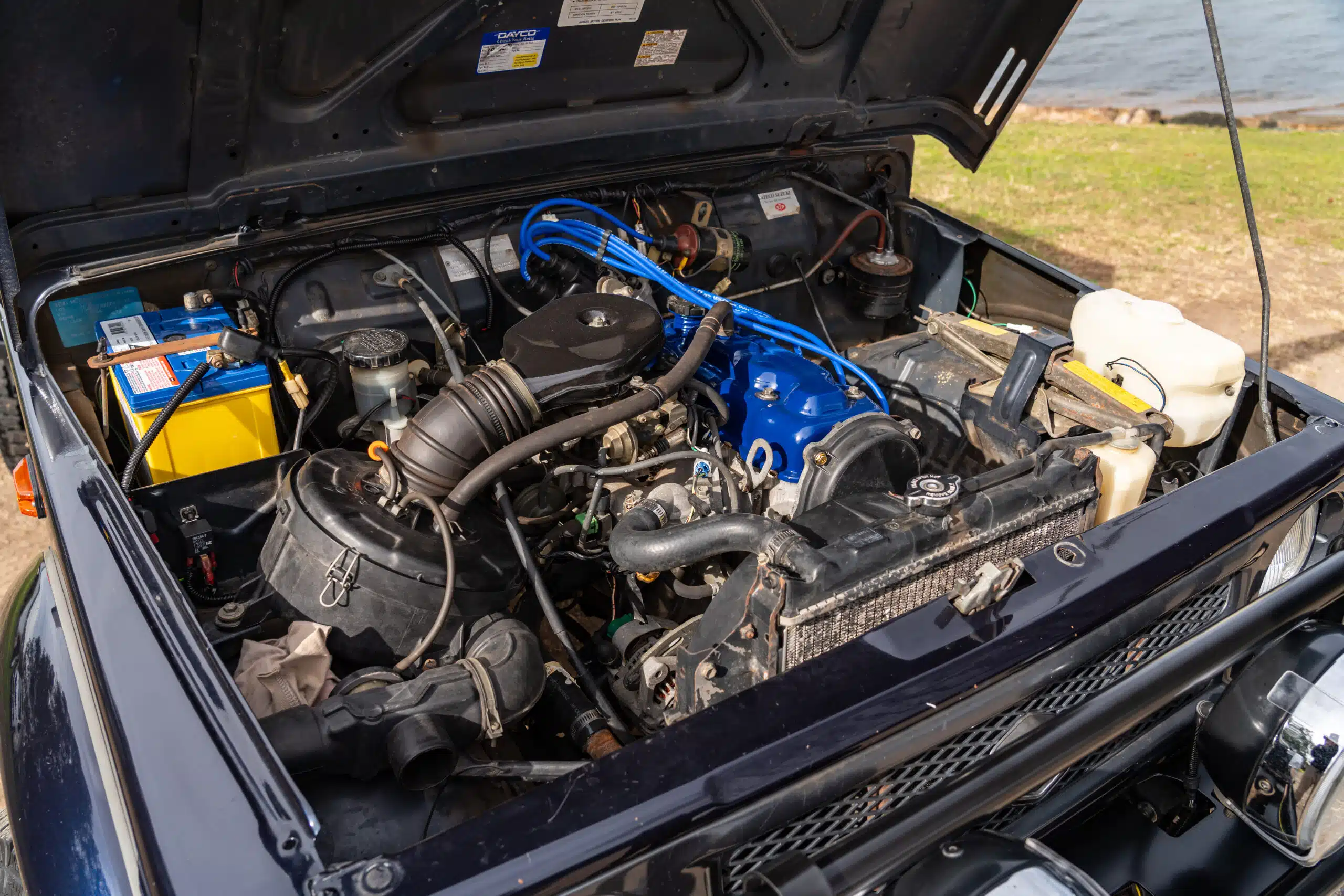





















Exterior:
One of the biggest killers of these old Sierras now is unfortunately corrosion, especially if it’s been left to fester. The key spots to check are the floor pans, bottom of the doors, sills, roof gutters, and around the windows, especially the windscreen. And it doesn’t stop there, wheel arches, tailgate seams, and honestly, just about every metal surface on the thing can cop it. Some owners have even found rust showing up in places you wouldn’t expect, just casually bubbling away under the paint like it owns the place.
But, in what could be some reassuring news, most of the Sierras still on the road these days are owned by people who genuinely love them, so rust is usually dealt with quickly before it gets out of hand. Plus, the general consensus among owners is that most rust repairs are pretty straightforward DIY jobs, and there are countless guides, how-tos, and YouTube vids out there to walk you through the process. Actually, this leads to an important point, the Sierra community is incredible. If you want to learn anything or just ask a question, jump on Facebook, Reddit, or even better, Auszookers.com. The knowledge on there is worth its weight in gold.
If the Sierra you’re looking at has lived its life baking under the Aussie sun without ever seeing a hose or a bottle of polish, the paint will likely be cactus, and anything made of rubber or plastic is probably on its last legs too. But that’s to be expected, it’s a 30-something-year-old car. On the flip side, ones that’ve been garaged and loved their whole lives can still look ridiculously tidy and full of character.
Like with any off-roader, get underneath and check the chassis. A few scrapes and dings are fine, it’s a Sierra after all, but if the cross members are bent or the rails look like they’ve gone 12 rounds with Tyson, walk away.
Same goes for mods. Most Sierras you’ll find have some kind of aftermarket gear bolted on, but we’d only be considering ones with quality, legal mods that have been engineered if necessary. Here in NSW especially, rego rules are getting stricter by the day. We’ve seen more than one owner buy a modified Sierra that’s totally fine at purchase, only to have it knocked back for rego later because of illegal suspension or body mods. Which means more money to either engineer it or return it to stock.
Another thing to check is the condition of the suspension. At this age, the bushes, shocks, and maybe even the springs could be cooked, but the good news here is that the aftermarket
Exterior:
One of the biggest killers of these old Sierras now is unfortunately corrosion, especially if it’s been left to fester. The key spots to check are the floor pans, bottom of the doors, sills, roof gutters, and around the windows, especially the windscreen. And it doesn’t stop there, wheel arches, tailgate seams, and honestly, just about every metal surface on the thing can cop it. Some owners have even found rust showing up in places you wouldn’t expect, just casually bubbling away under the paint like it owns the place.
But, in what could be some reassuring news, most of the Sierras still on the road these days are owned by people who genuinely love them, so rust is usually dealt with quickly before it gets out of hand. Plus, the general consensus among owners is that most rust repairs are pretty straightforward DIY jobs, and there are countless guides, how-tos, and YouTube vids out there to walk you through the process. Actually, this leads to an important point, the Sierra community is incredible. If you want to learn anything or just ask a question, jump on Facebook, Reddit, or even better, Auszookers.com. The knowledge on there is worth its weight in gold.
If the Sierra you’re looking at has lived its life baking under the Aussie sun without ever seeing a hose or a bottle of polish, the paint will likely be cactus, and anything made of rubber or plastic is probably on its last legs too. But that’s to be expected, it’s a 30-something-year-old car. On the flip side, ones that’ve been garaged and loved their whole lives can still look ridiculously tidy and full of character.
Like with any off-roader, get underneath and check the chassis. A few scrapes and dings are fine, it’s a Sierra after all, but if the cross members are bent or the rails look like they’ve gone 12 rounds with Tyson, walk away.
Same goes for mods. Most Sierras you’ll find have some kind of aftermarket gear bolted on, but we’d only be considering ones with quality, legal mods that have been engineered if necessary. Here in NSW especially, rego rules are getting stricter by the day. We’ve seen more than one owner buy a modified Sierra that’s totally fine at purchase, only to have it knocked back for rego later because of illegal suspension or body mods. Which means more money to either engineer it or return it to stock.
Another thing to check is the condition of the suspension. At this age, the bushes, shocks, and maybe even the springs could be cooked, but the good news here is that the aftermarket is massive. Whether you’re after OEM-style replacements or heavy-duty off-road setups, you’re spoilt for choice. And that applies across the car really, lights, locks, latches, you name it. Sierra parts are often simple, easy to fit, and well-supported by a huge community of suppliers.
While some genuine parts can be stupidly expensive for what they are, there’s a silver lining, Maruti Suzuki in India kept building these until 2019, so heaps of parts are still being made and sold online at very reasonable prices. Just be cautious though, some of the cheaper bits can be rubbish. That’s why we’d only buy from reputable suppliers offering a proper manufacturer’s warranty and fitment guarantee. Same goes for accessories like light bars, bullbars, snorkels and lift kits. Quality always pays off in the long run.
Interior:
Inside, it’s about as utilitarian as it gets. Everything’s hard plastic or vinyl, which is actually kind of perfect because it means it’s easy to clean and pretty hard to wreck. As far as common interior faults go, there aren’t any. Seriously, they’re so simple that there’s just not much to go wrong. That said, if it’s had a rough life full of beach trips and bog holes, expect rattles, cracked plastics and things that occasionally fall off. But even then, most owners still rate the interior for its toughness and durability.
And really, when you think about it, how many modern G-Wagens or Defenders would still be holding it together after thirty-odd years of Aussie heat and off-road abuse? The Sierra’s cabin might be bare-bones, but it’s tough as nails. Just be aware that if something does break and you go hunting for a replacement, even OEM parts can sometimes have dodgy fitment. There are so many versions of the Sierra out there that what works for one may not fit another, and tolerances can be pretty loose.
Then there’s the elephant in the room: safety. Or lack thereof. Honestly, this is what ended the Sierra’s cousin, the Samurai, in the U.S. Back in 1996, Consumer Reports published a now infamous article claiming the Samurai was a rollover death trap. Sales crashed, Suzuki left the U.S., and the car’s reputation took a massive hit. But later court proceedings suggested that the test may have been manipulated to get that result, and the report itself was misleading. Still, compared to today’s safety standards, the Sierra is basically a tinfoil box on wheels. Fingers crossed you never have to test it.
Mechanically:
Early Sierras, especially the SJ40s and some SJ50s, came with carburettors and ignition points, and they need a bit of old-school love. You’ll need to know how to gap and set points, adjust timing, and eventually replace things like the condenser, rotor, cap, and leads. And those carbs? They’ll leak, the accelerator pump plungers tend to fail, the needle and seat wear out and you’ll probably have to mess with float levels. Basically, expect to fully rebuild the carb at some point. It’s not difficult, but most mechanics under 40 probably wouldn’t have a clue how to do it.
The later EFI-equipped models, like the later SJ70s and all SJ80s, are much more set-and-forget. Less fiddly, less maintenance, and generally more reliable. They can still suffer from the usual “old car stuff” like dead fuel pumps, dodgy injectors or tired ignition systems, but nothing out of the ordinary. It’s just part of owning a car this age.
All engines, regardless of year, are known to develop rocker cover gasket leaks and the occasional rear main seal leak. It’s just what happens over time. Also, don’t be surprised if the cooling system needs attention, radiators, water pumps and hoses aren’t exactly spring chickens anymore. Exhaust manifolds were known to crack too, and most owners swap them for aftermarket headers.
Timing belts are due every 100,000km or seven years, and given most Sierras aren’t racking up huge mileage, we’d be sticking with the time interval. And while Adam here reckons they’re brilliant, let’s be honest, some of them are agricultural death traps. Loveable, yes. Refined? Not a chance.
Overall though, mechanically these things are rock solid, provided they’ve been looked after. It all comes down to how they’ve been treated, how they’ve been driven off-road, how well the mods have been done, and whether the previous owner knew their way around a grease gun. They’ll take a beating and keep on going if they’ve been cared for, but buy a neglected one and it could become a money pit.
Worth mentioning, SJ80s with coil springs introduced a few quirks. Many owners complain about tramlining and steering shake, aka the dreaded death wobble. Common causes include worn swivel hub bearings, poor alignment, and especially incorrect caster angle after a lift. You can get caster correction bushes, steering dampers, change wheel offset—whatever—but even then, we’ve seen owners throw everything at it and still have problems. So yeah… good luck with that.
Exterior:
One of the biggest killers of these old Sierras now is unfortunately corrosion, especially if it’s been left to fester. The key spots to check are the floor pans, bottom of the doors, sills, roof gutters, and around the windows, especially the windscreen. And it doesn’t stop there, wheel arches, tailgate seams, and honestly, just about every metal surface on the thing can cop it. Some owners have even found rust showing up in places you wouldn’t expect, just casually bubbling away under the paint like it owns the place.
But, in what could be some reassuring news, most of the Sierras still on the road these days are owned by people who genuinely love them, so rust is usually dealt with quickly before it gets out of hand. Plus, the general consensus among owners is that most rust repairs are pretty straightforward DIY jobs, and there are countless guides, how-tos, and YouTube vids out there to walk you through the process. Actually, this leads to an important point, the Sierra community is incredible. If you want to learn anything or just ask a question, jump on Facebook, Reddit, or even better, Auszookers.com. The knowledge on there is worth its weight in gold.
If the Sierra you’re looking at has lived its life baking under the Aussie sun without ever seeing a hose or a bottle of polish, the paint will likely be cactus, and anything made of rubber or plastic is probably on its last legs too. But that’s to be expected, it’s a 30-something-year-old car. On the flip side, ones that’ve been garaged and loved their whole lives can still look ridiculously tidy and full of character.
Like with any off-roader, get underneath and check the chassis. A few scrapes and dings are fine, it’s a Sierra after all, but if the cross members are bent or the rails look like they’ve gone 12 rounds with Tyson, walk away.
Same goes for mods. Most Sierras you’ll find have some kind of aftermarket gear bolted on, but we’d only be considering ones with quality, legal mods that have been engineered if necessary. Here in NSW especially, rego rules are getting stricter by the day. We’ve seen more than one owner buy a modified Sierra that’s totally fine at purchase, only to have it knocked back for rego later because of illegal suspension or body mods. Which means more money to either engineer it or return it to stock.
Another thing to check is the condition of the suspension. At this age, the bushes, shocks, and maybe even the springs could be cooked, but the good news here is that the aftermarket is massive. Whether you’re after OEM-style replacements or heavy-duty off-road setups, you’re spoilt for choice. And that applies across the car really, lights, locks, latches, you name it. Sierra parts are often simple, easy to fit, and well-supported by a huge community of suppliers.
While some genuine parts can be stupidly expensive for what they are, there’s a silver lining, Maruti Suzuki in India kept building these until 2019, so heaps of parts are still being made and sold online at very reasonable prices. Just be cautious though, some of the cheaper bits can be rubbish. That’s why we’d only buy from reputable suppliers offering a proper manufacturer’s warranty and fitment guarantee. Same goes for accessories like light bars, bullbars, snorkels and lift kits. Quality always pays off in the long run.
Interior:
Inside, it’s about as utilitarian as it gets. Everything’s hard plastic or vinyl, which is actually kind of perfect because it means it’s easy to clean and pretty hard to wreck. As far as common interior faults go, there aren’t any. Seriously, they’re so simple that there’s just not much to go wrong. That said, if it’s had a rough life full of beach trips and bog holes, expect rattles, cracked plastics and things that occasionally fall off. But even then, most owners still rate the interior for its toughness and durability.
And really, when you think about it, how many modern G-Wagens or Defenders would still be holding it together after thirty-odd years of Aussie heat and off-road abuse? The Sierra’s cabin might be bare-bones, but it’s tough as nails. Just be aware that if something does break and you go hunting for a replacement, even OEM parts can sometimes have dodgy fitment. There are so many versions of the Sierra out there that what works for one may not fit another, and tolerances can be pretty loose.
Then there’s the elephant in the room: safety. Or lack thereof. Honestly, this is what ended the Sierra’s cousin, the Samurai, in the U.S. Back in 1996, Consumer Reports published a now infamous article claiming the Samurai was a rollover death trap. Sales crashed, Suzuki left the U.S., and the car’s reputation took a massive hit. But later court proceedings suggested that the test may have been manipulated to get that result, and the report itself was misleading. Still, compared to today’s safety standards, the Sierra is basically a tinfoil box on wheels. Fingers crossed you never have to test it.
Mechanically:
Early Sierras, especially the SJ40s and some SJ50s, came with carburettors and ignition points, and they need a bit of old-school love. You’ll need to know how to gap and set points, adjust timing, and eventually replace things like the condenser, rotor, cap, and leads. And those carbs? They’ll leak, the accelerator pump plungers tend to fail, the needle and seat wear out and you’ll probably have to mess with float levels. Basically, expect to fully rebuild the carb at some point. It’s not difficult, but most mechanics under 40 probably wouldn’t have a clue how to do it.
The later EFI-equipped models, like the later SJ70s and all SJ80s, are much more set-and-forget. Less fiddly, less maintenance, and generally more reliable. They can still suffer from the usual “old car stuff” like dead fuel pumps, dodgy injectors or tired ignition systems, but nothing out of the ordinary. It’s just part of owning a car this age.
All engines, regardless of year, are known to develop rocker cover gasket leaks and the occasional rear main seal leak. It’s just what happens over time. Also, don’t be surprised if the cooling system needs attention, radiators, water pumps and hoses aren’t exactly spring chickens anymore. Exhaust manifolds were known to crack too, and most owners swap them for aftermarket headers.
Timing belts are due every 100,000km or seven years, and given most Sierras aren’t racking up huge mileage, we’d be sticking with the time interval. And while Adam here reckons they’re brilliant, let’s be honest, some of them are agricultural death traps. Loveable, yes. Refined? Not a chance.
Overall though, mechanically these things are rock solid, provided they’ve been looked after. It all comes down to how they’ve been treated, how they’ve been driven off-road, how well the mods have been done, and whether the previous owner knew their way around a grease gun. They’ll take a beating and keep on going if they’ve been cared for, but buy a neglected one and it could become a money pit.
Worth mentioning, SJ80s with coil springs introduced a few quirks. Many owners complain about tramlining and steering shake, aka the dreaded death wobble. Common causes include worn swivel hub bearings, poor alignment, and especially incorrect caster angle after a lift. You can get caster correction bushes, steering dampers, change wheel offset—whatever—but even then, we’ve seen owners throw everything at it and still have problems. So yeah… good luck with that.
Should you buy a used Sierra? Well, logically, absolutely not. But since when has logic ever been fun?
Yes, the safety levels are sketchy at best, bordering on terrifying at worst. And yes, at this age it’s probably going to need the kind of attention only a diehard enthusiast is willing to give. And sure, a horse and cart might actually offer a more refined and comfortable driving experience… but honestly, that’s all completely missing the point.
You don’t buy a Sierra because it’s practical or sensible or safe, you buy one because it makes you smile. It’s not just a car, it’s a thing, an experience, a mechanical Labrador that just wants to go for a run through the mud. Don’t approach it like you would with a normal car purchase, because in normal car terms, a Sierra makes no sense. But if you look at it as a tool purely designed to bring joy, to you, to your mates, to random strangers at the servo who want to talk about it, it absolutely nails it.
We wouldn’t recommend using one as your only daily driver. That novelty will wear off faster than the steering damper bushings. But as a second car, a weekend escape vehicle, a fun little beach basher or bush-bashing toy that puts a smile on your face every time you turn the key, the Sierra is in a league of its own.
So no, you probably shouldn’t buy one…
Should you buy a used Sierra? Well, logically, absolutely not. But since when has logic ever been fun?
Yes, the safety levels are sketchy at best, bordering on terrifying at worst. And yes, at this age it’s probably going to need the kind of attention only a diehard enthusiast is willing to give. And sure, a horse and cart might actually offer a more refined and comfortable driving experience… but honestly, that’s all completely missing the point.
You don’t buy a Sierra because it’s practical or sensible or safe, you buy one because it makes you smile. It’s not just a car, it’s a thing, an experience, a mechanical Labrador that just wants to go for a run through the mud. Don’t approach it like you would with a normal car purchase, because in normal car terms, a Sierra makes no sense. But if you look at it as a tool purely designed to bring joy, to you, to your mates, to random strangers at the servo who want to talk about it, it absolutely nails it.
We wouldn’t recommend using one as your only daily driver. That novelty will wear off faster than the steering damper bushings. But as a second car, a weekend escape vehicle, a fun little beach basher or bush-bashing toy that puts a smile on your face every time you turn the key, the Sierra is in a league of its own.
So no, you probably shouldn’t buy one…
But you absolutely should.
Should you buy a used Sierra? Well, logically, absolutely not. But since when has logic ever been fun?
Yes, the safety levels are sketchy at best, bordering on terrifying at worst. And yes, at this age it’s probably going to need the kind of attention only a diehard enthusiast is willing to give. And sure, a horse and cart might actually offer a more refined and comfortable driving experience… but honestly, that’s all completely missing the point.
You don’t buy a Sierra because it’s practical or sensible or safe, you buy one because it makes you smile. It’s not just a car, it’s a thing, an experience, a mechanical Labrador that just wants to go for a run through the mud. Don’t approach it like you would with a normal car purchase, because in normal car terms, a Sierra makes no sense. But if you look at it as a tool purely designed to bring joy, to you, to your mates, to random strangers at the servo who want to talk about it, it absolutely nails it.
We wouldn’t recommend using one as your only daily driver. That novelty will wear off faster than the steering damper bushings. But as a second car, a weekend escape vehicle, a fun little beach basher or bush-bashing toy that puts a smile on your face every time you turn the key, the Sierra is in a league of its own.
So no, you probably shouldn’t buy one…
But you absolutely should.
Have ultimate peace of mind when buying a used car by purchasing an official PPSR report.
Please note that pricing information is subject to fluctuations in the automotive market.
Information correct as of August 1, 2025.
The advice provided on this website is general advice only. It has been prepared without taking into account your objectives, financial situation or needs. Before acting on this advice, you should consider the appropriateness of the advice, having regard to your own objectives, financial situation and needs.
Read our full terms and conditions here.
You are the best, the content in your videos is so helpful, delivered in a great way. Please keep going as for sure you are unique in every way. All the best from Guatemala
L. G. - YouTube
You guys have truly found something wonderful… Loved this channel ever since from the beginning… Will support you guys as long as you guys keep making these wonderful car reviews…
Calvin - YouTube
This is probably the best channel I have ever seen when reviewing vehicles. New or old. The honesty is so appreciated. I’ve been a mechanic for 20 years and I find it very informative when looking for a vehicle for my daughter. Keep up the awesome work.
Jason T. - YouTube
© 2025 ReDriven All Rights Reserved